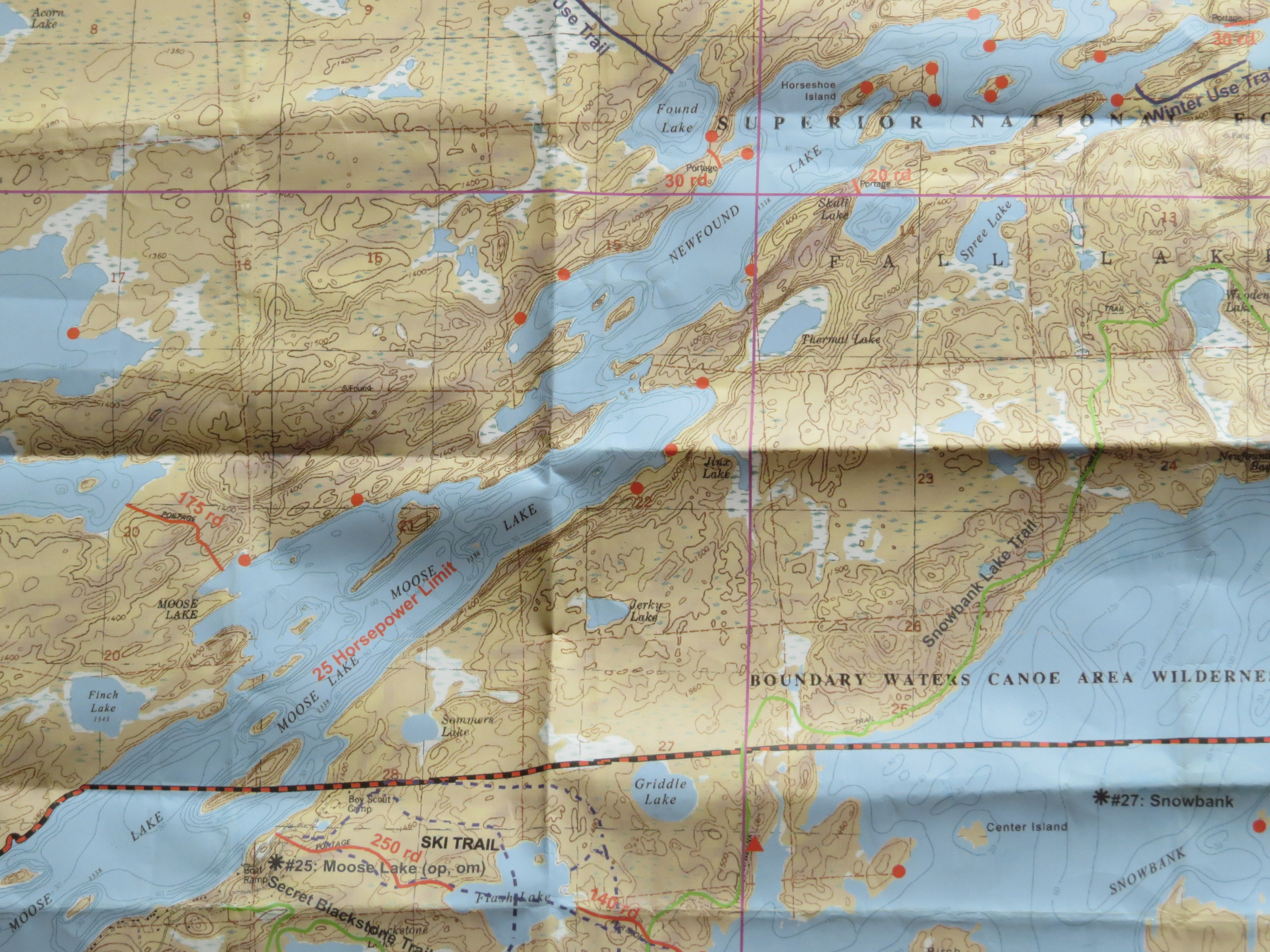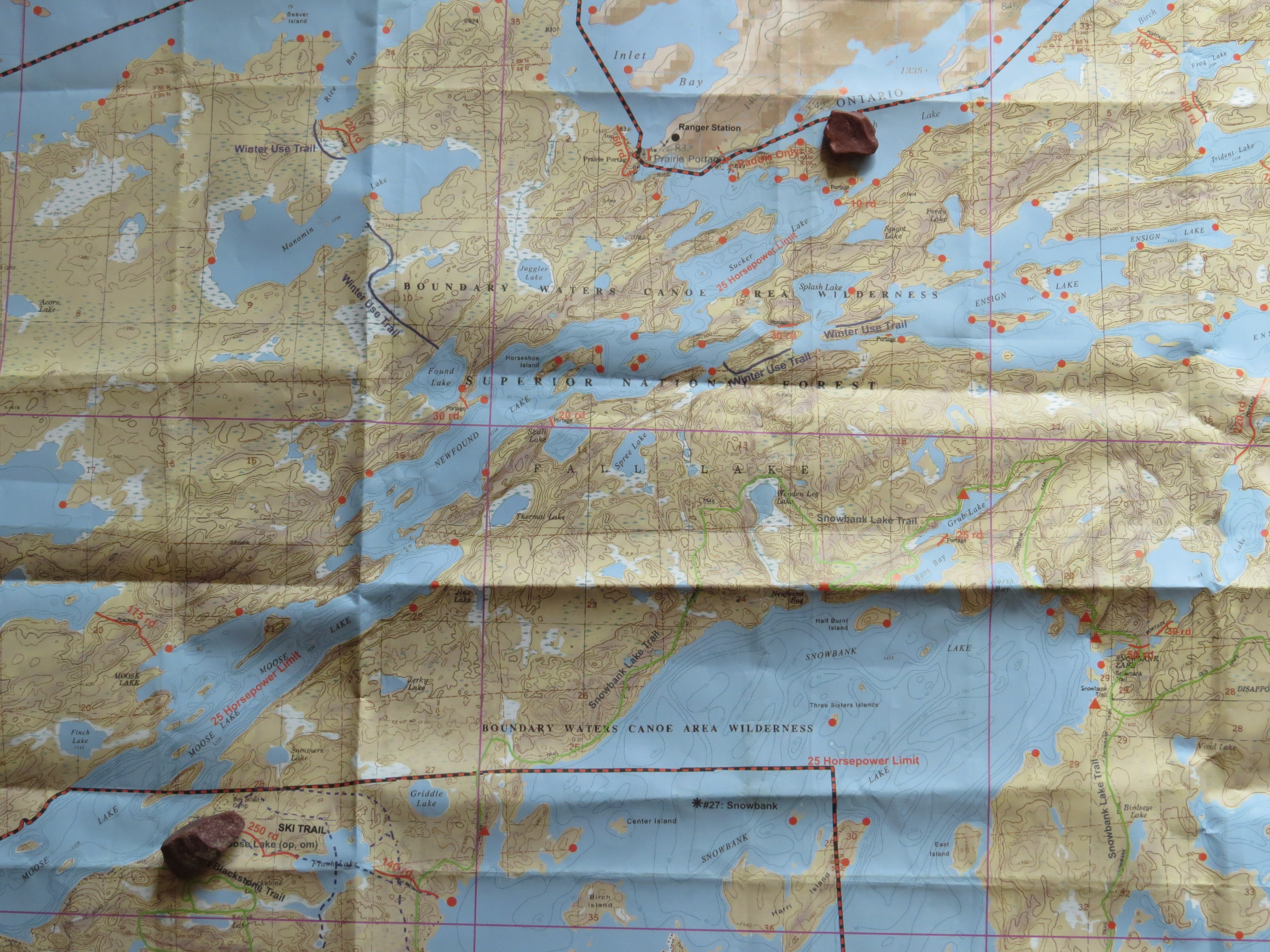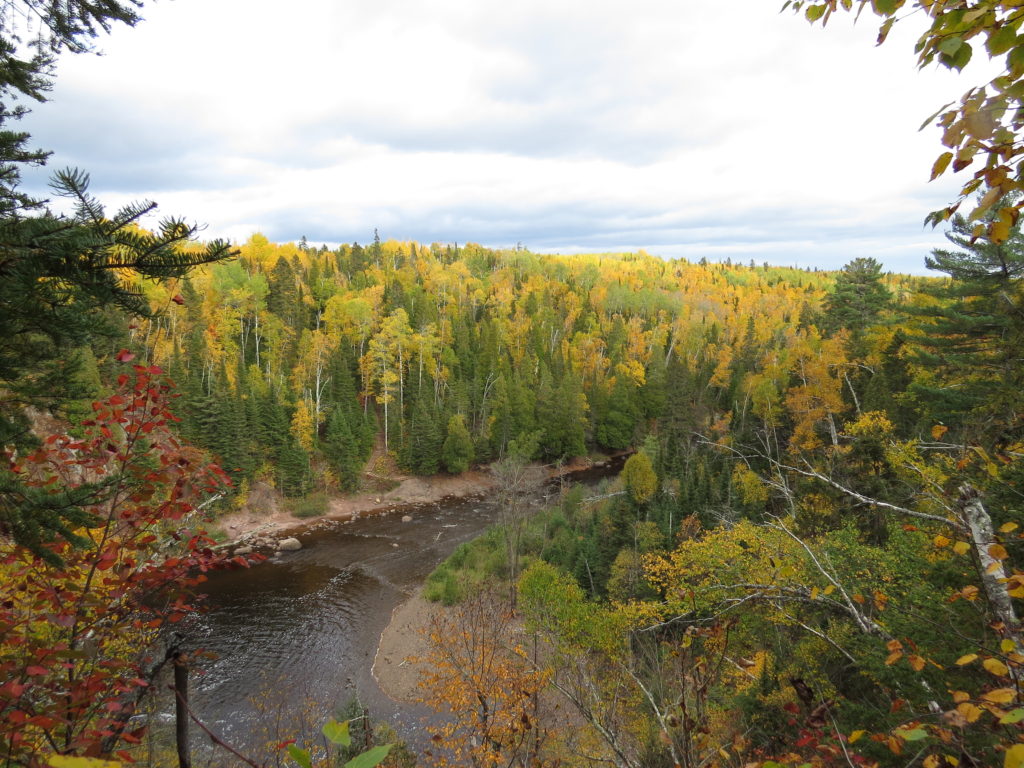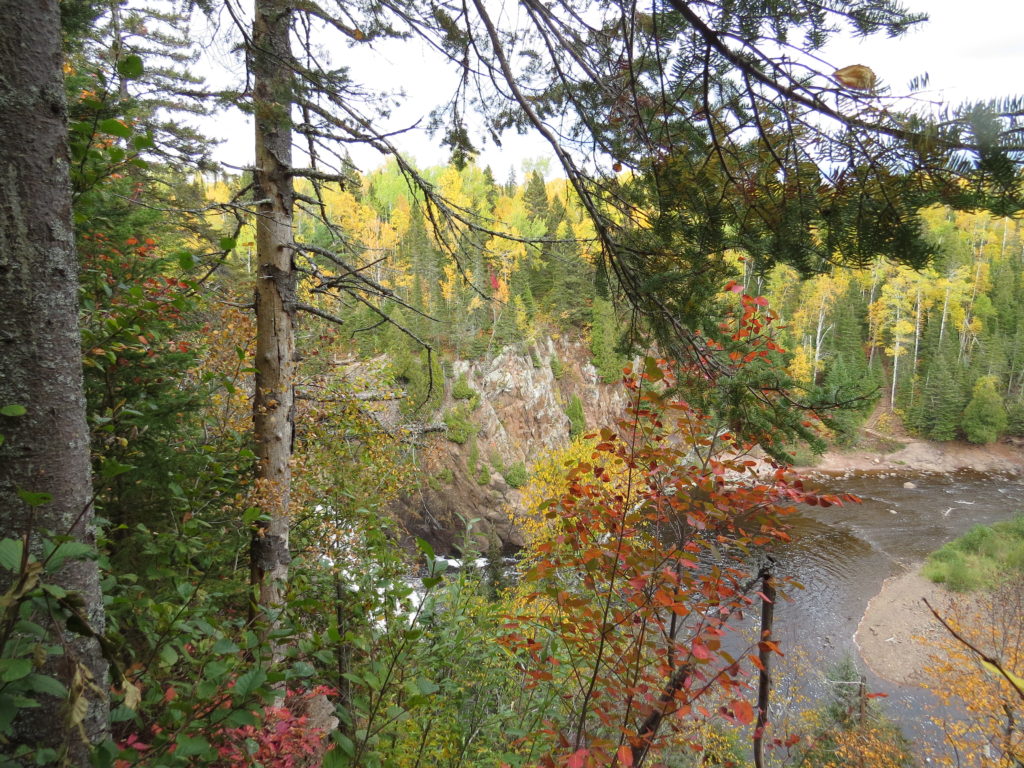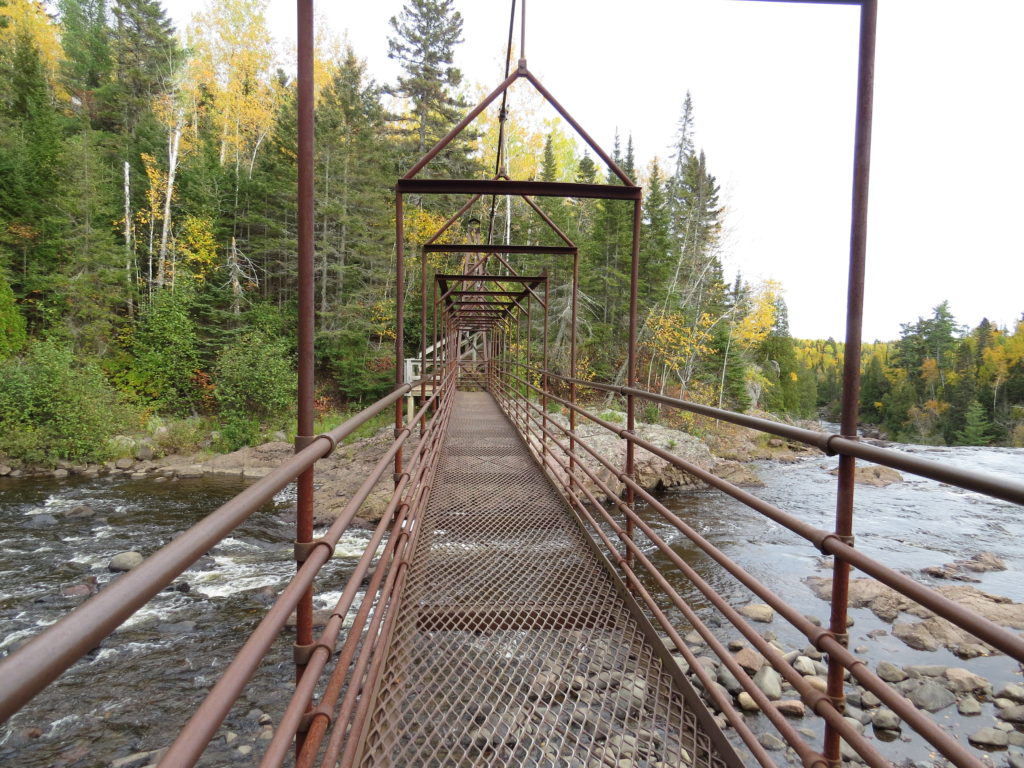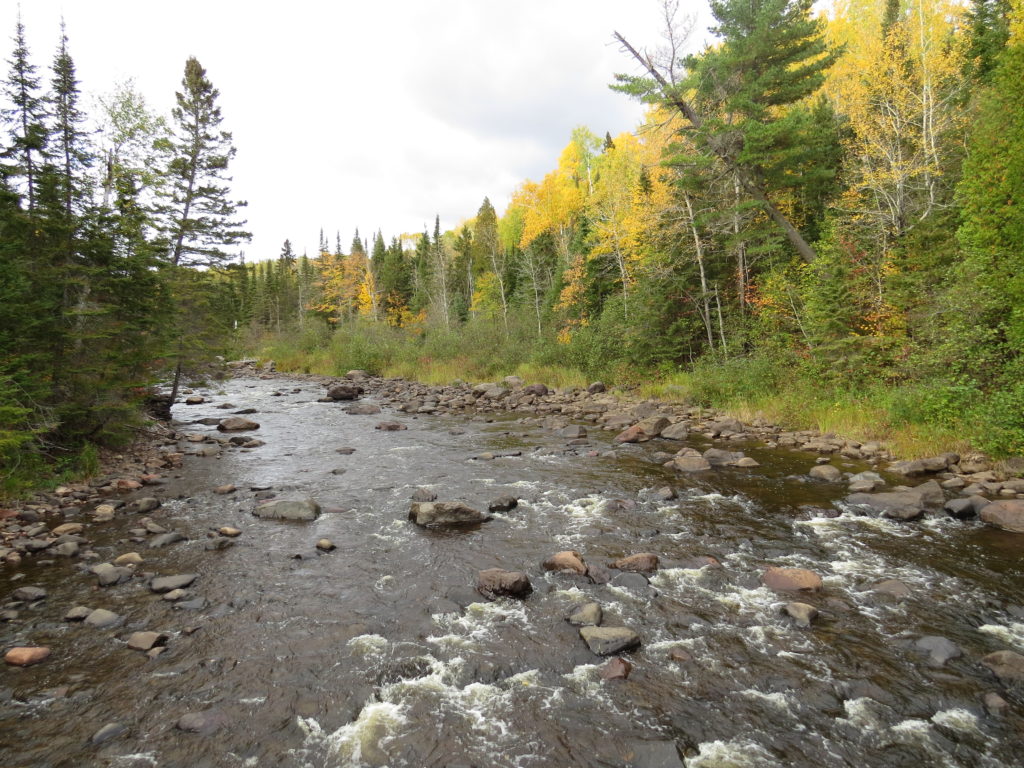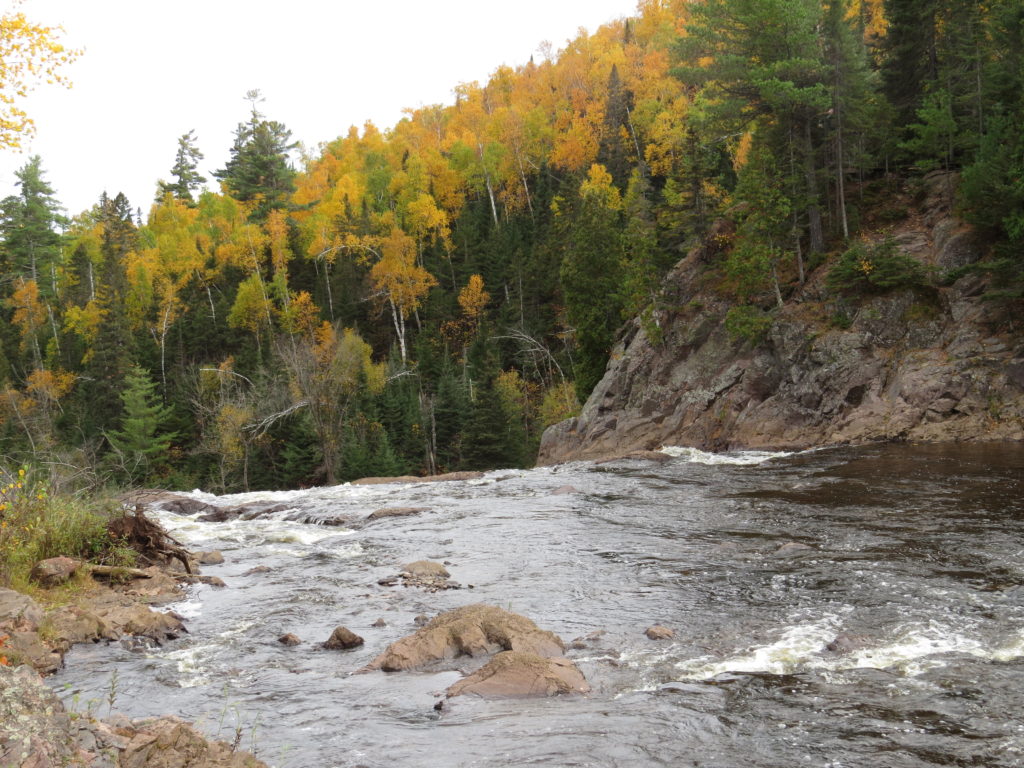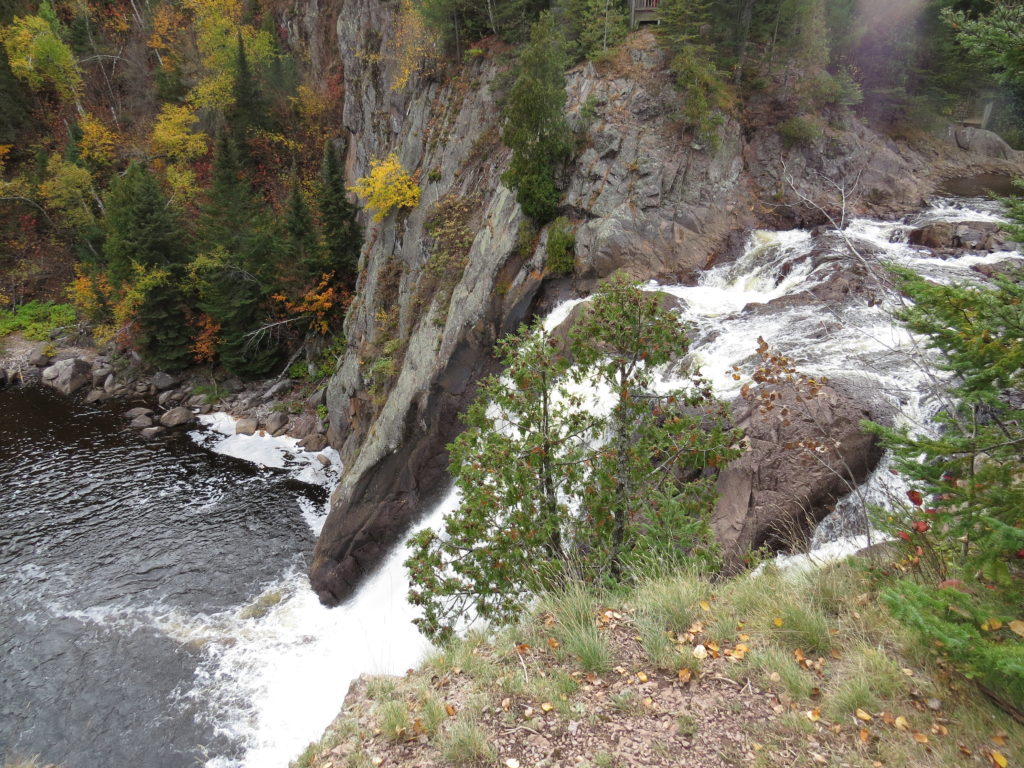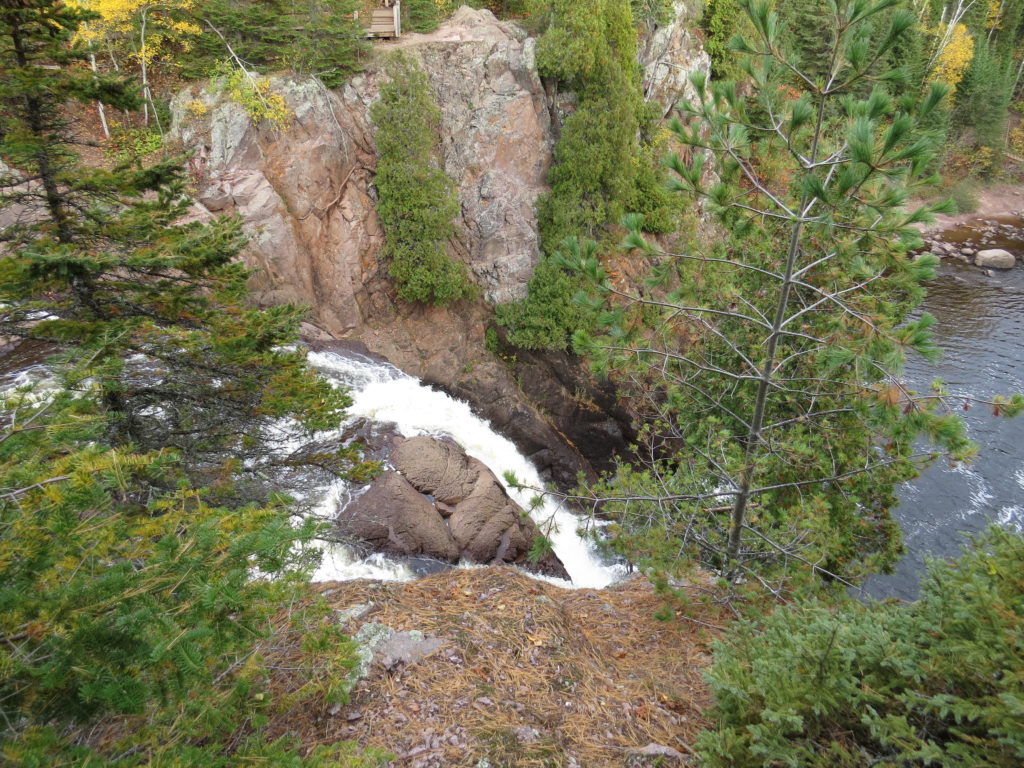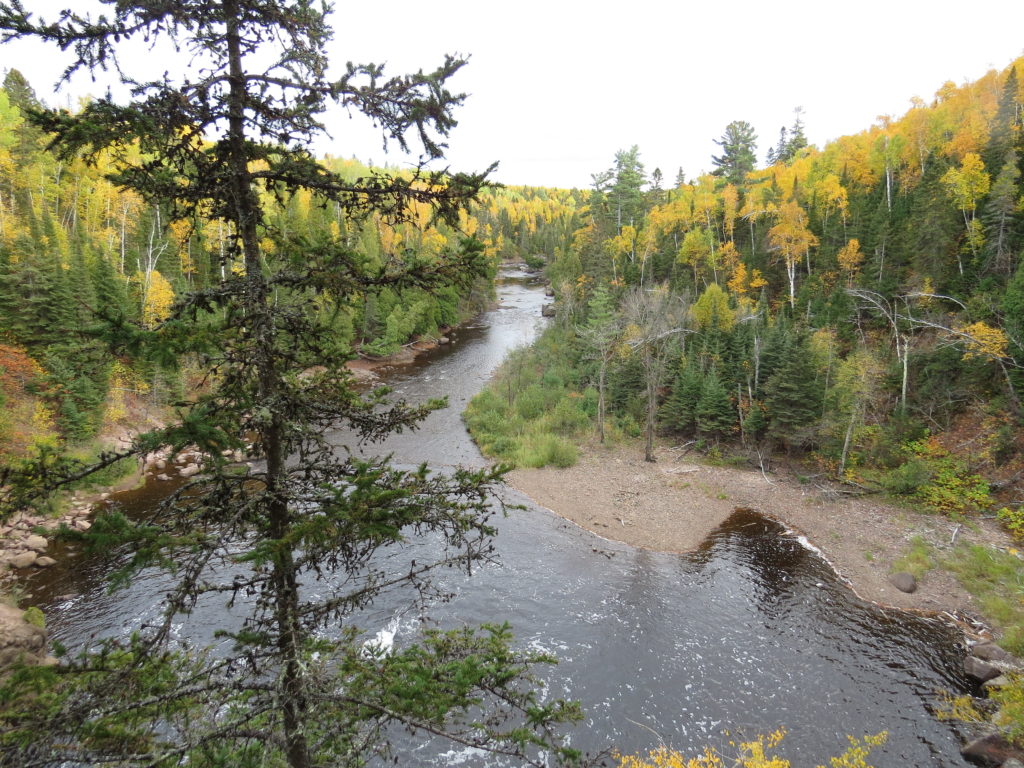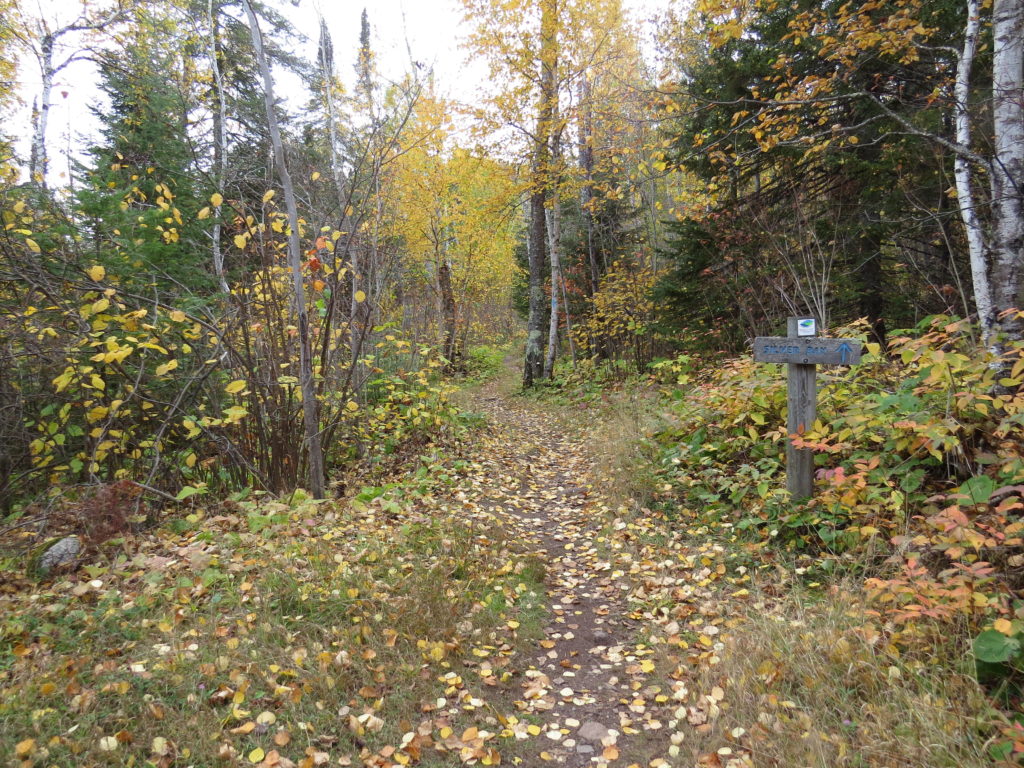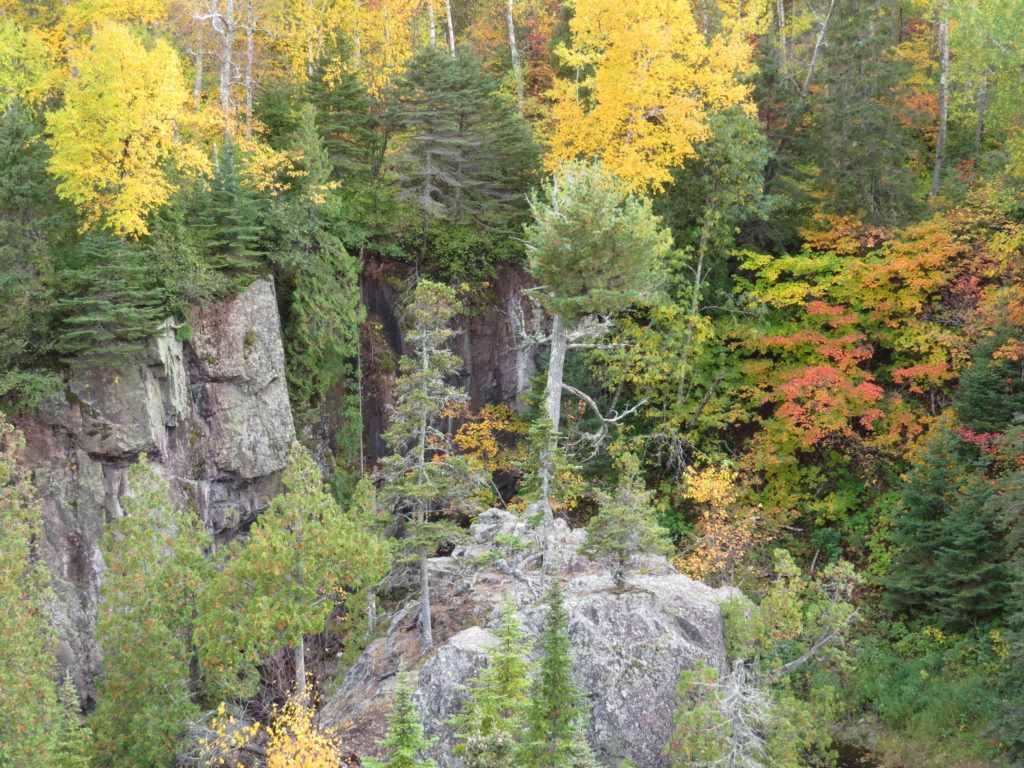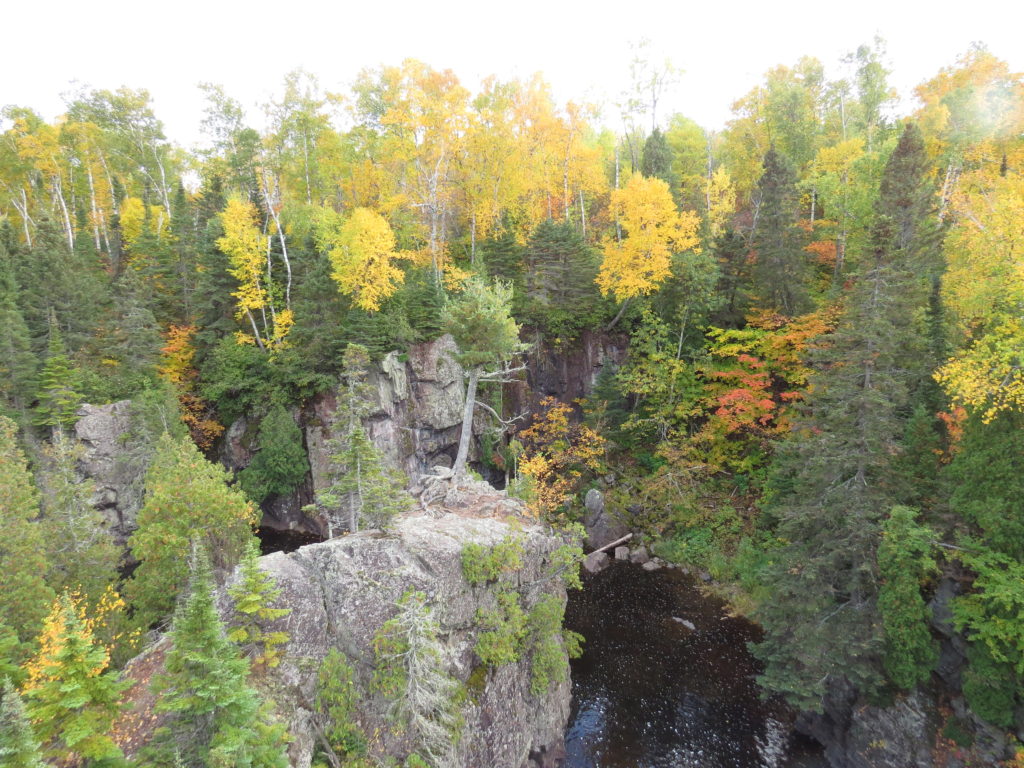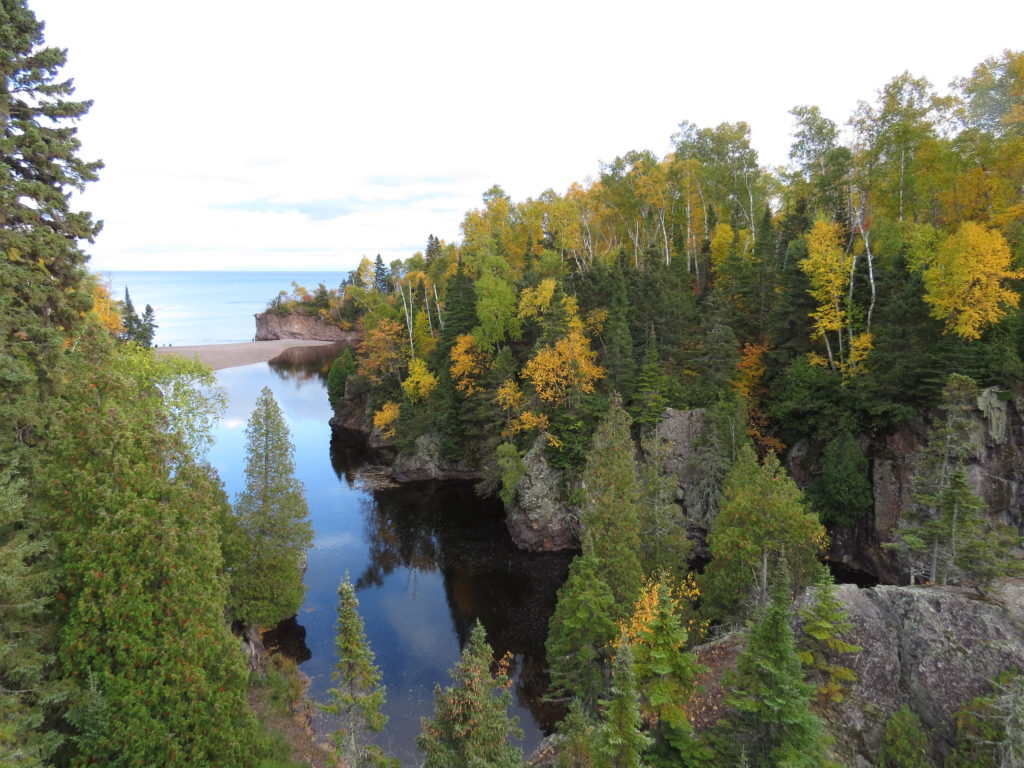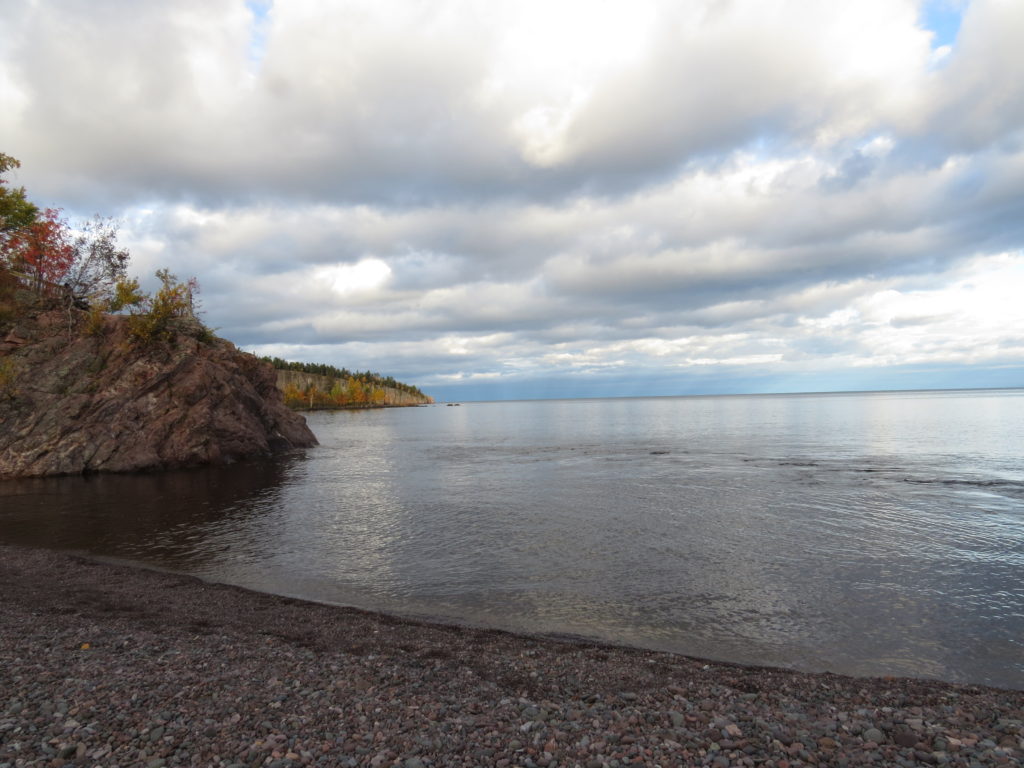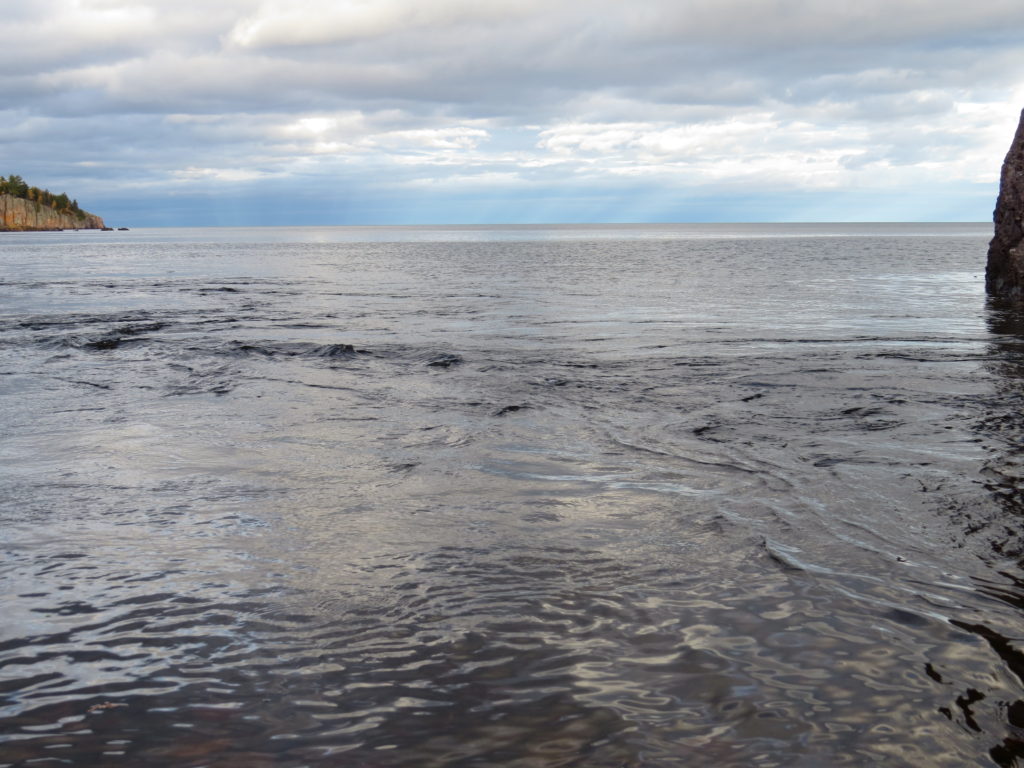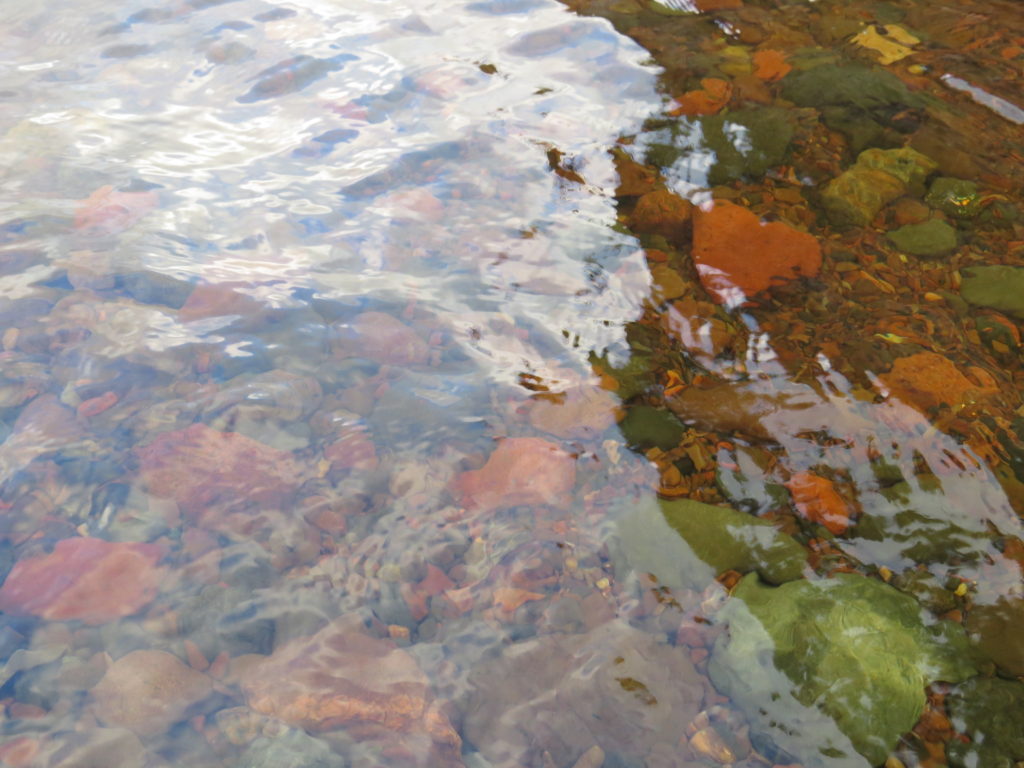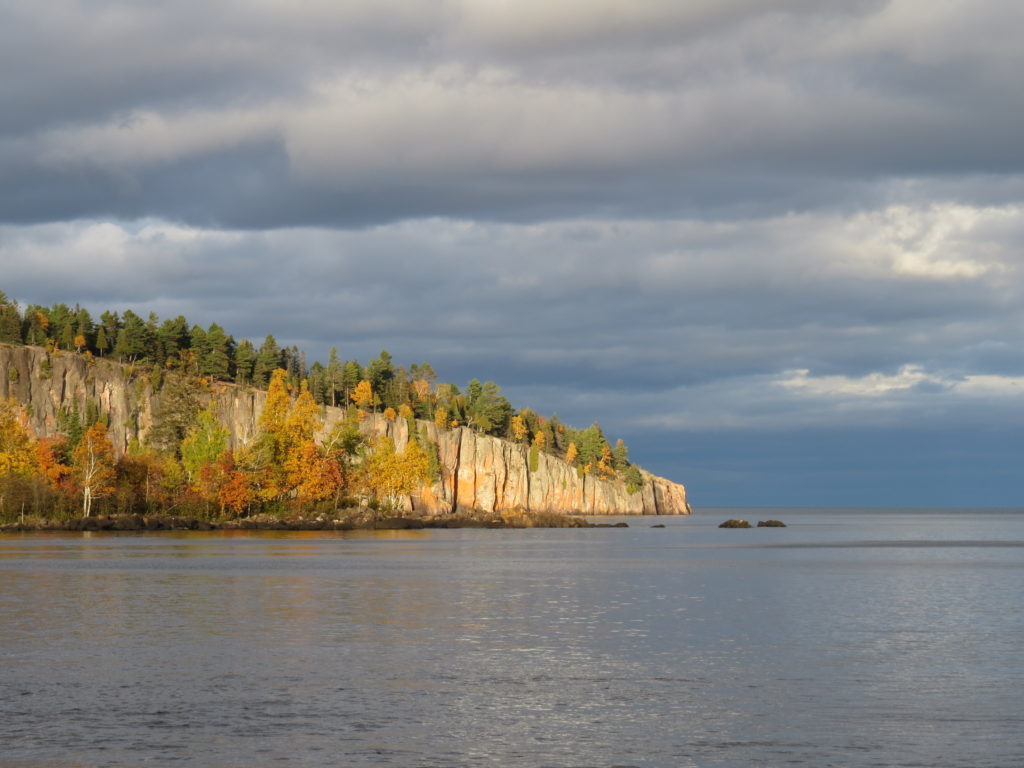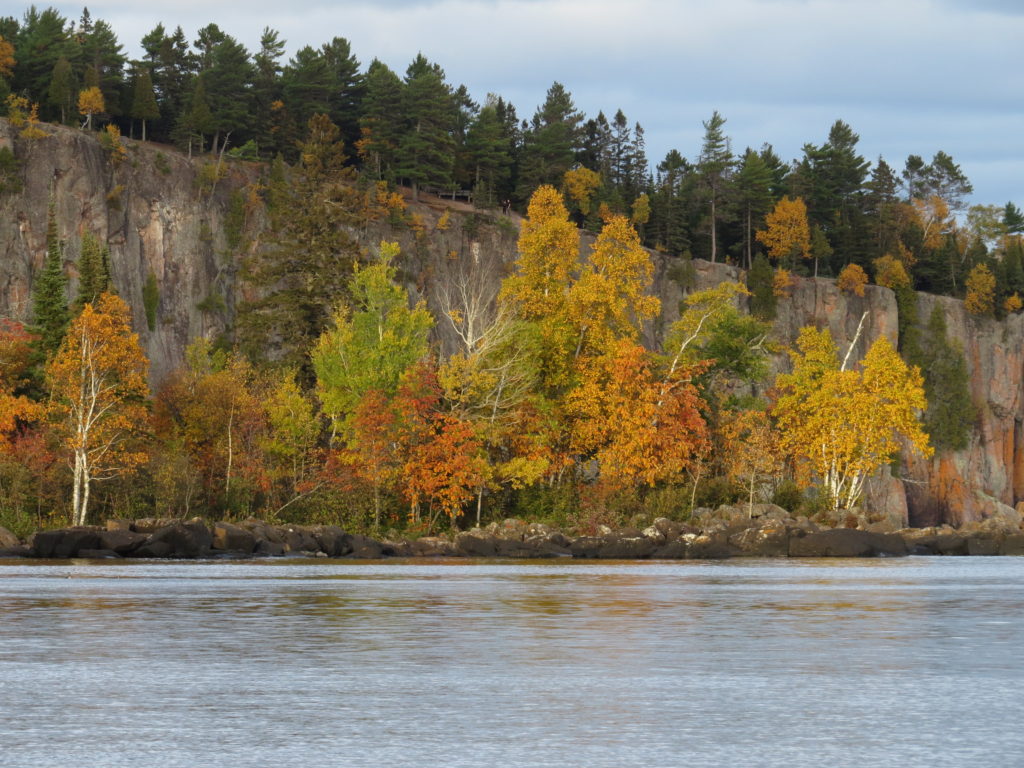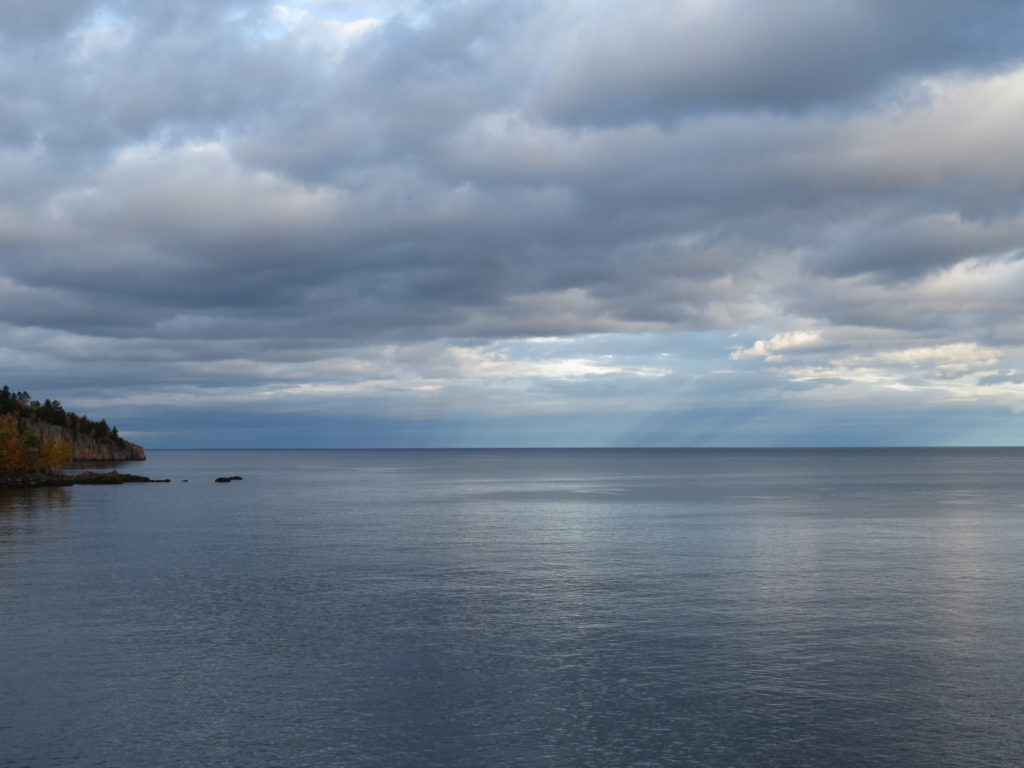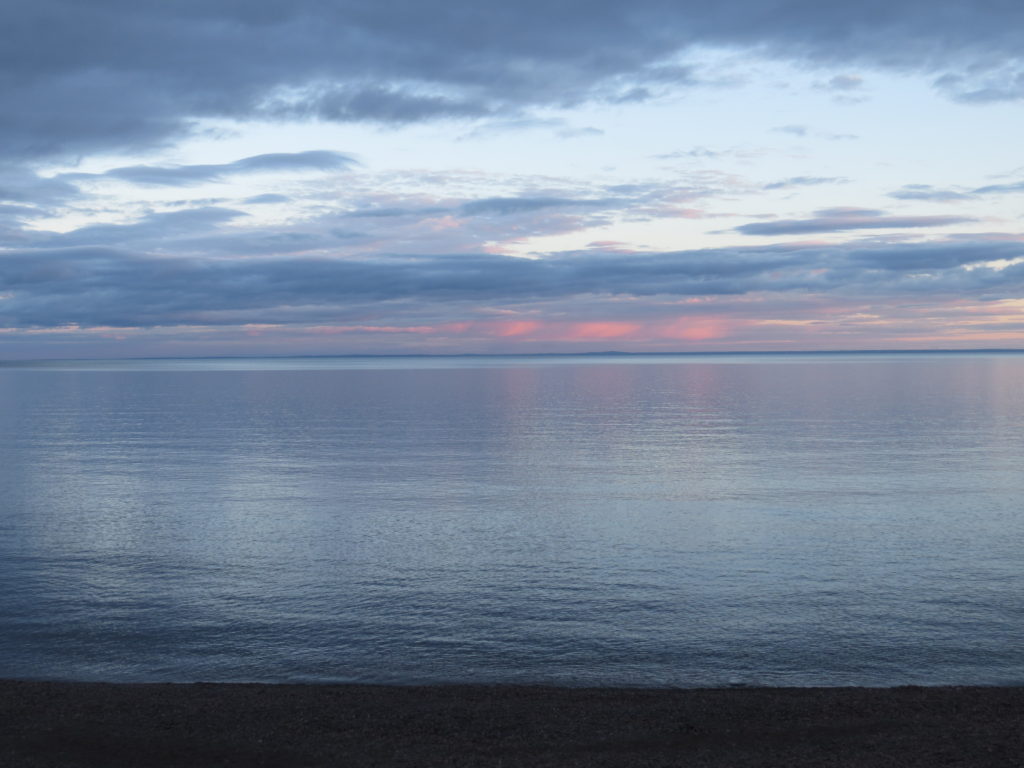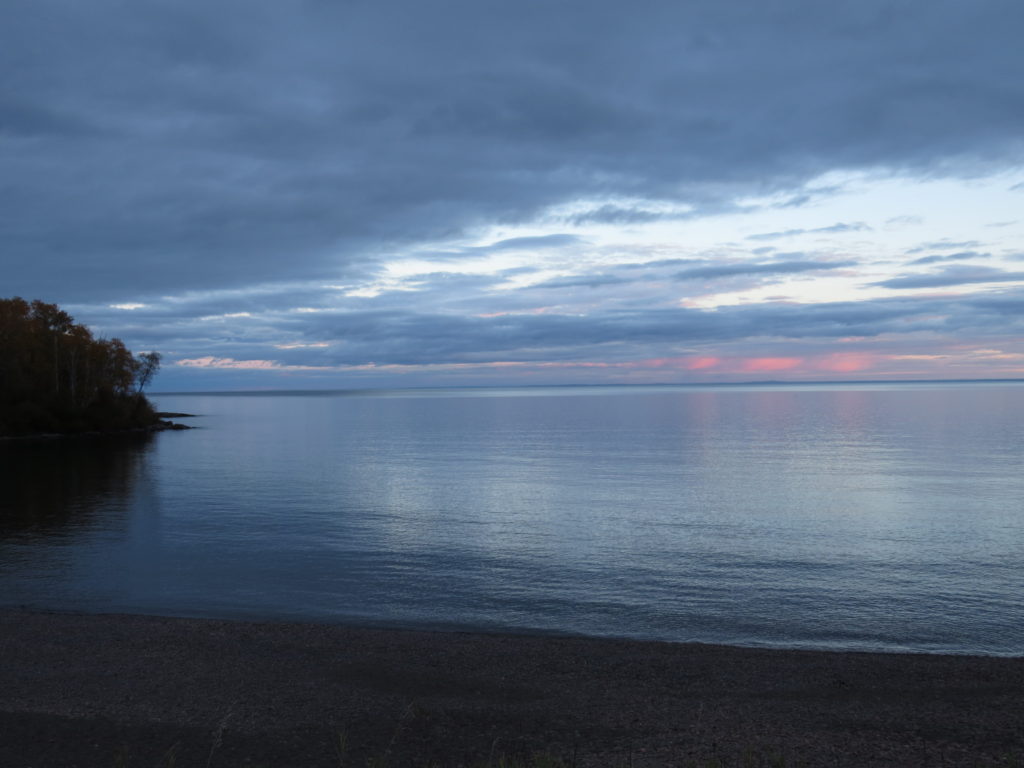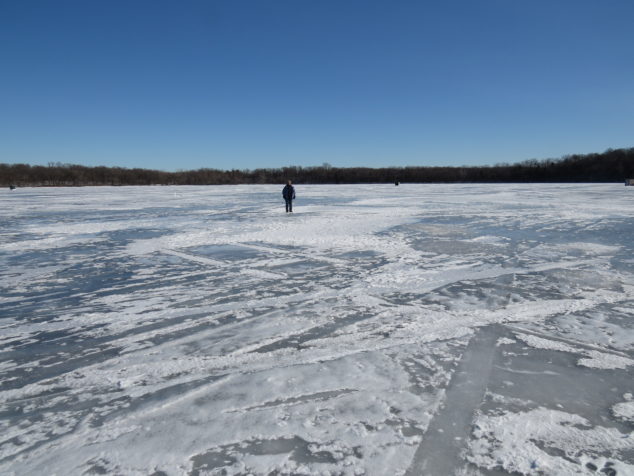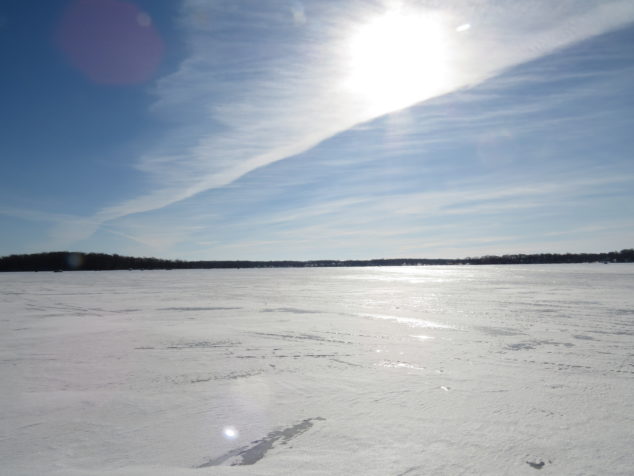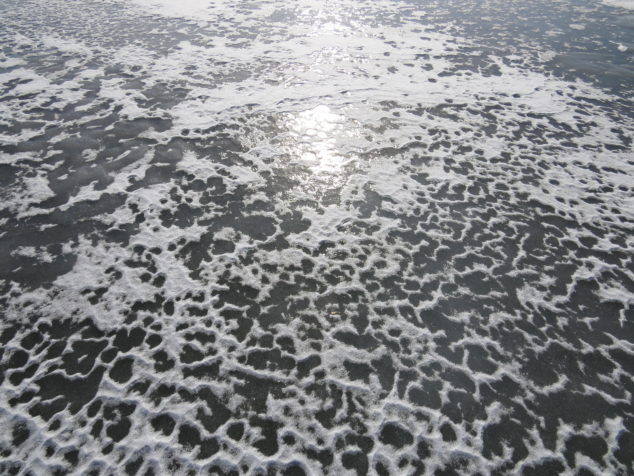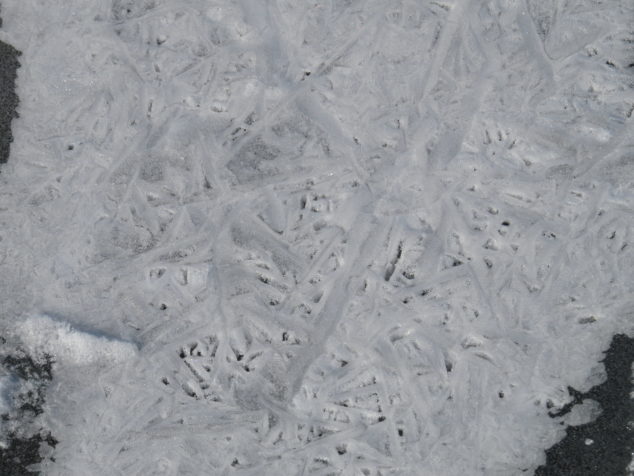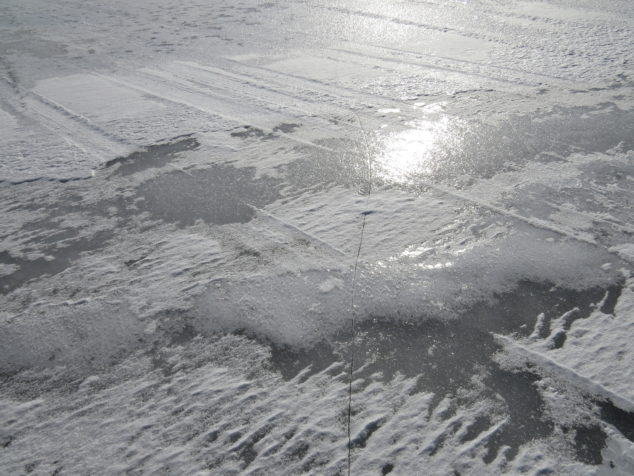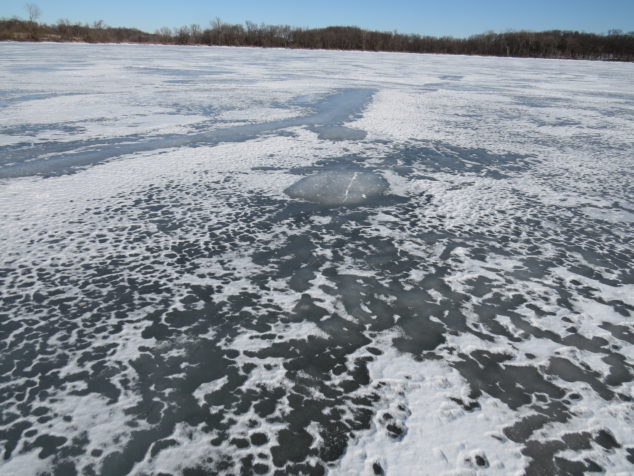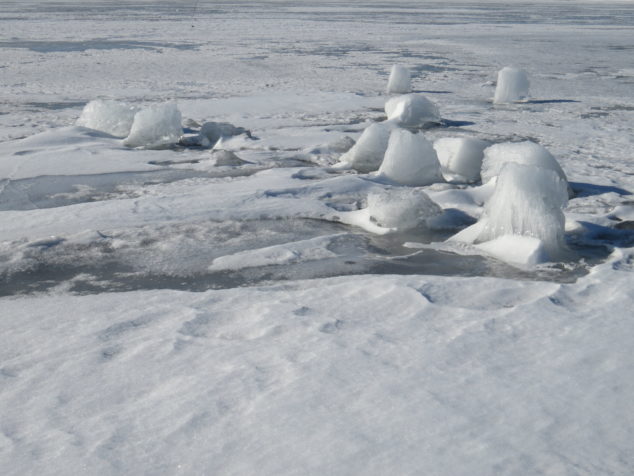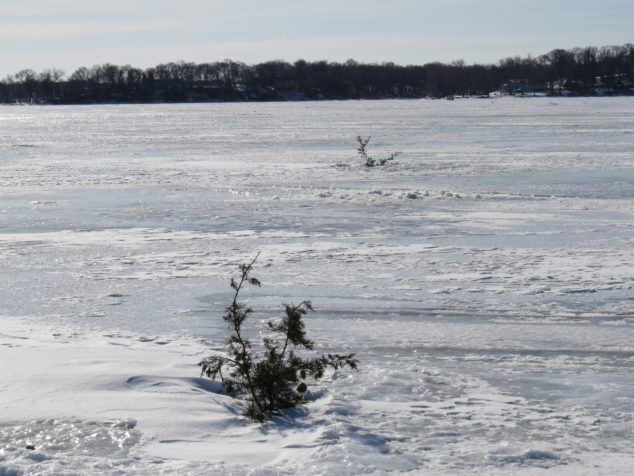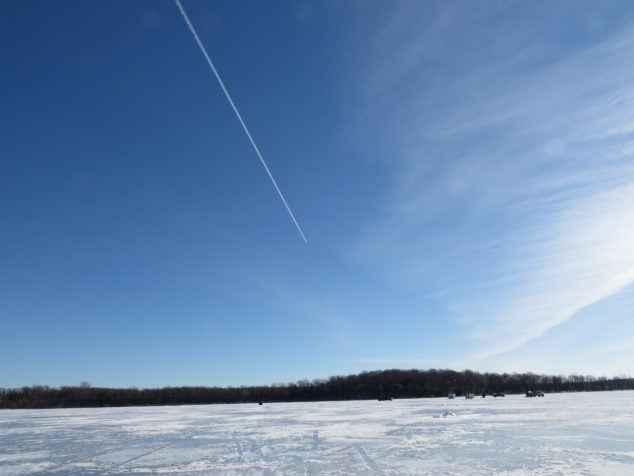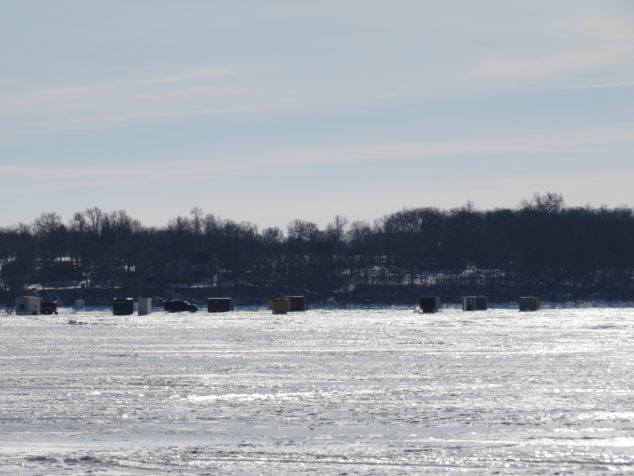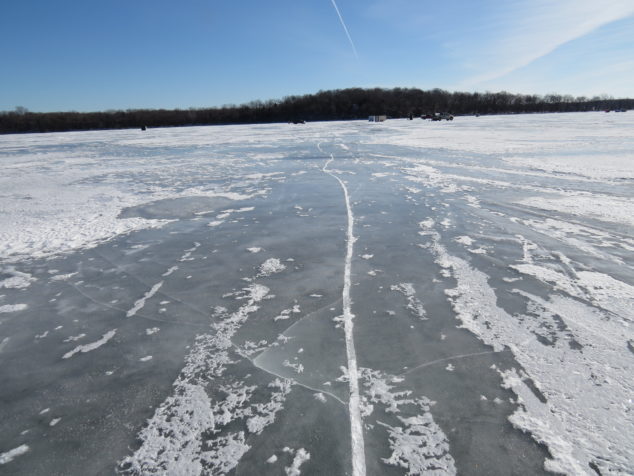There is always an interplay between change and holding steady. Not only does it play out in the overarching culture of the world but also in smaller community and relationship entities. But the most personal, most impactful, and most difficult interaction between change and holding steady happens inside each one of us. We have a desire for learning, a curiosity of the world around us, and an innate drive for ‘something new’—except when we don’t feel safe. Safety is our default system—our primitive brain takes over when we are threatened by anything—real or imagined. When that happens, curiosity, compassion for others, learning, and openness get shut out from our brain and body until we feel safe again. So what happens when the people around us and the media we consume continuously stoke our fears?
I am already a month behind in my posts—it used to be the beginning of June, and it used to be Spring. On our way home from our Duluth wedding weekend at the beginning of June, we stopped at Banning State Park. We didn’t have a great amount of time, Chris was still on ‘no hiking’ status from his hip surgery, and the mosquitoes were ravenous. But Emily and I braved a one and a half mile hike on the Quarry Loop trail that followed the beautiful Kettle River. The trail used to be a railroad.
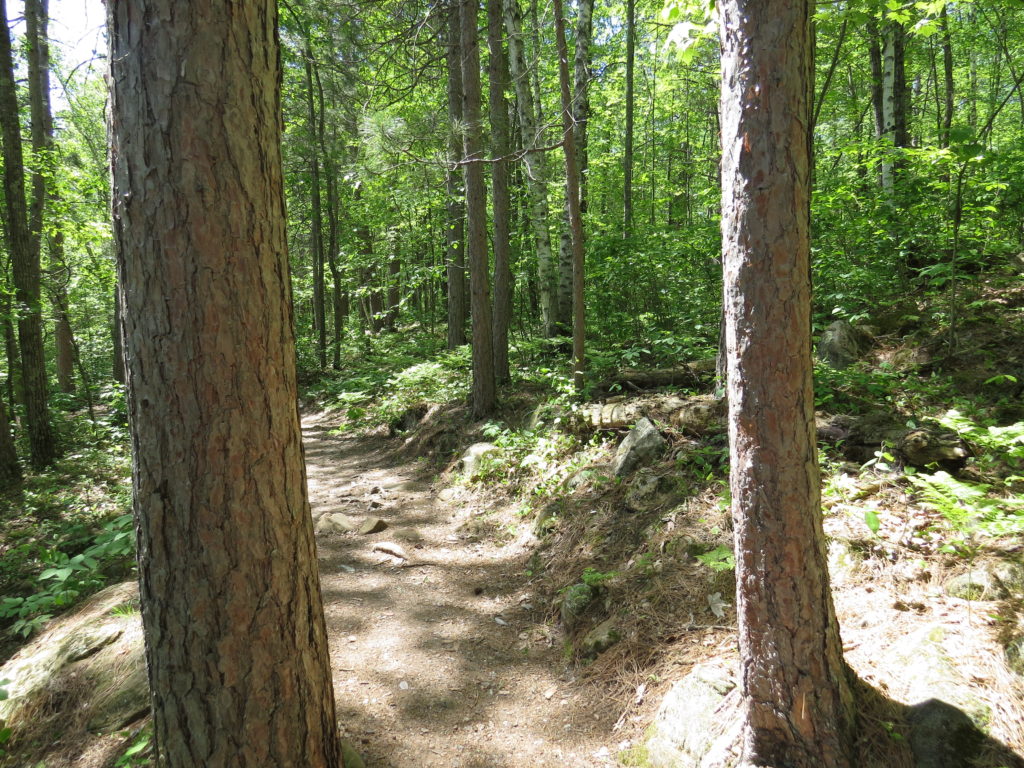
There used to be a forest of towering Red and White Pines in this area that was logged in the mid-1800’s. The Kettle River was used to move logs to the St. Croix River and to mills. In 1892, the Hinkley Sandstone of the area began to be quarried, thus the railroad to haul it away to the Twin Cities and Duluth for building blocks and road pavers. Then the enormous Hinkley fire in 1894 took trees, lives, and losses for the railroad and quarry. What used to be.
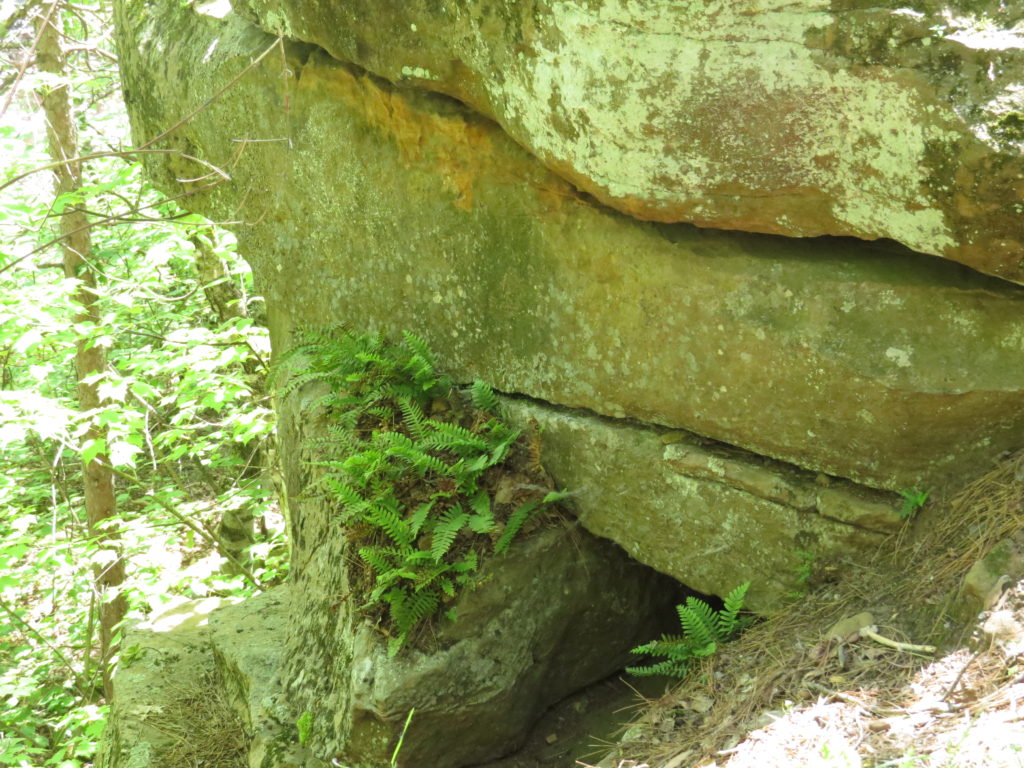
Long before enormous trees and logging, desirable sandstone and quarrying, there used to be a sea here hundreds of millions of years ago. The silica and sand formed the rock that is now called Hinkley Sandstone. There used to be a glacier here tens of thousands of years ago that upon melting created Lake Superior and the Kettle River that formed along a fault line. What used to be.
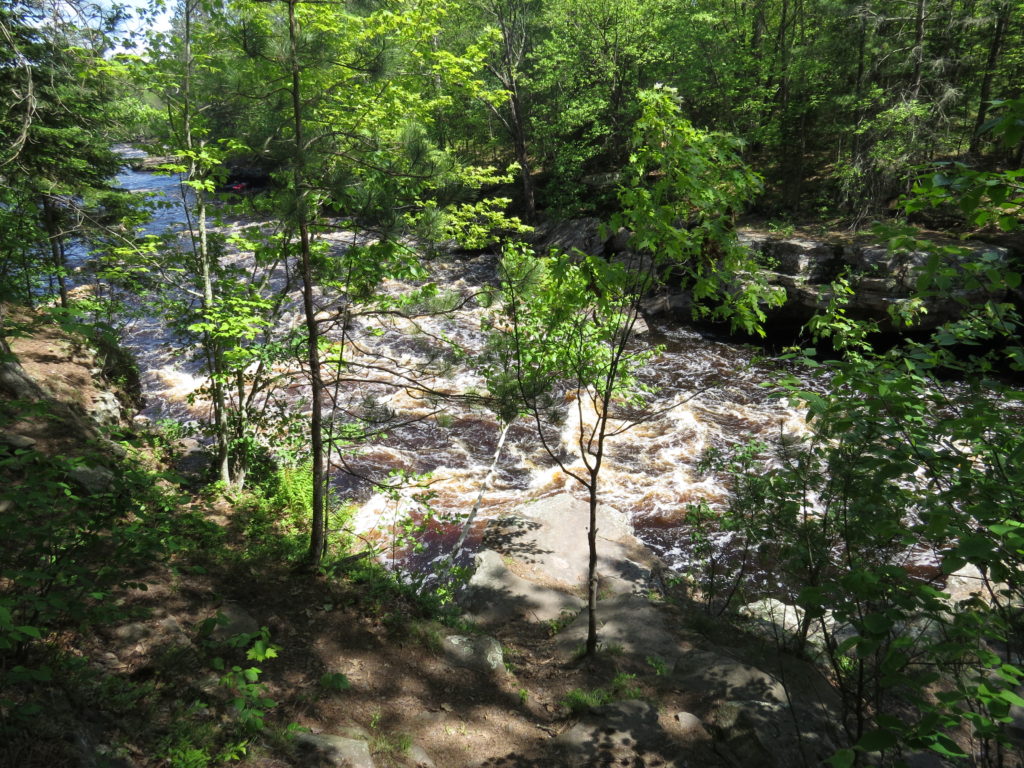
But in the here and now, the Kettle River is a favorite place for experienced whitewater paddlers with Class III-V rapids named Blueberry Slide, Dragon’s Tooth, and Hell’s Gate.
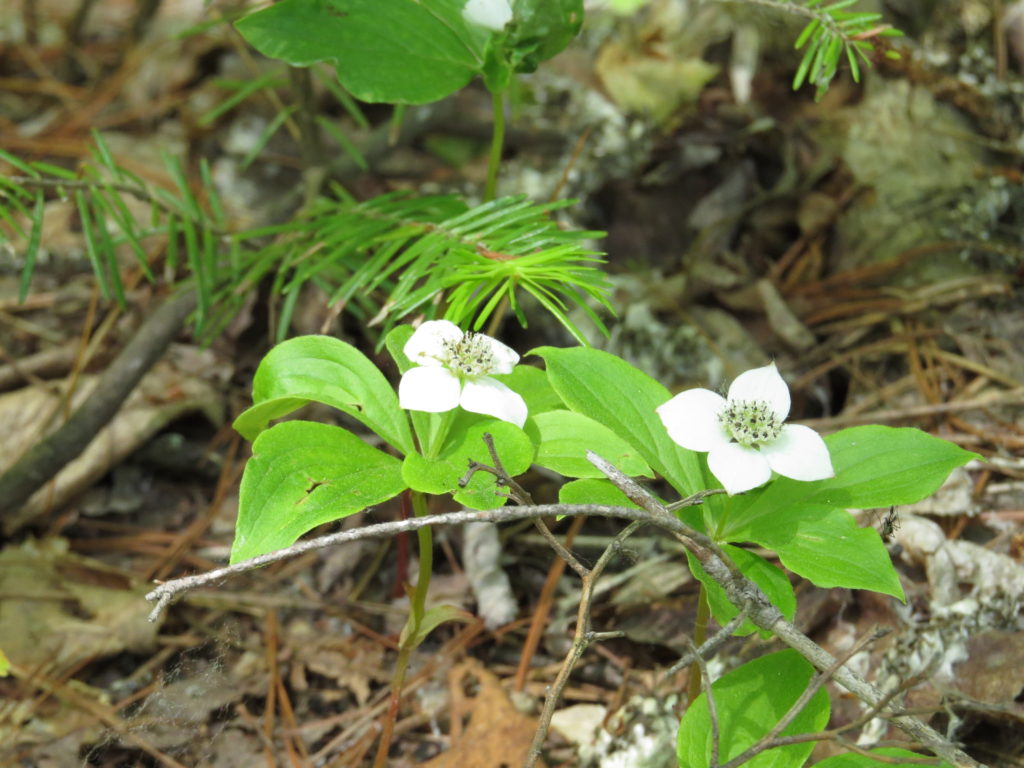
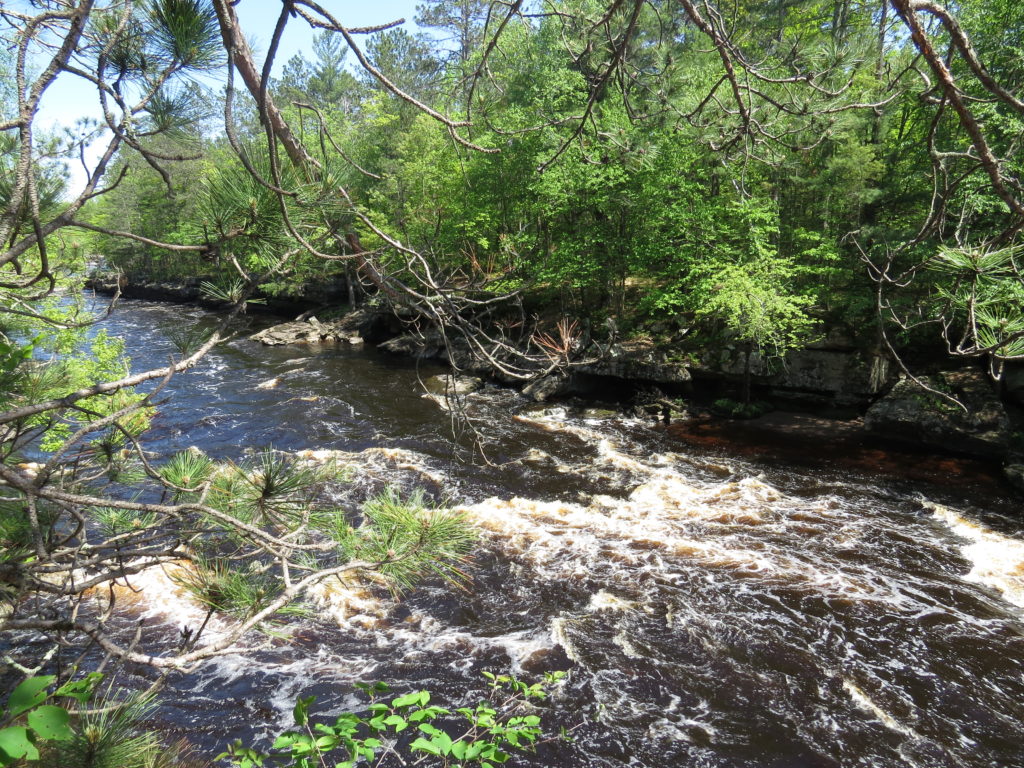
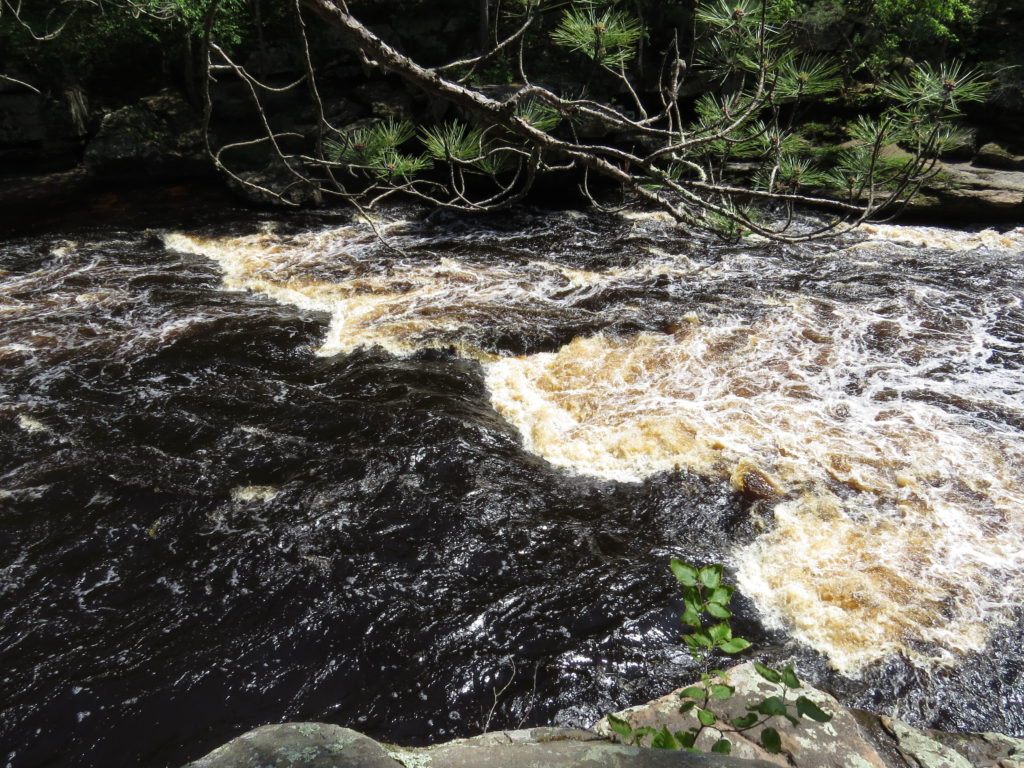
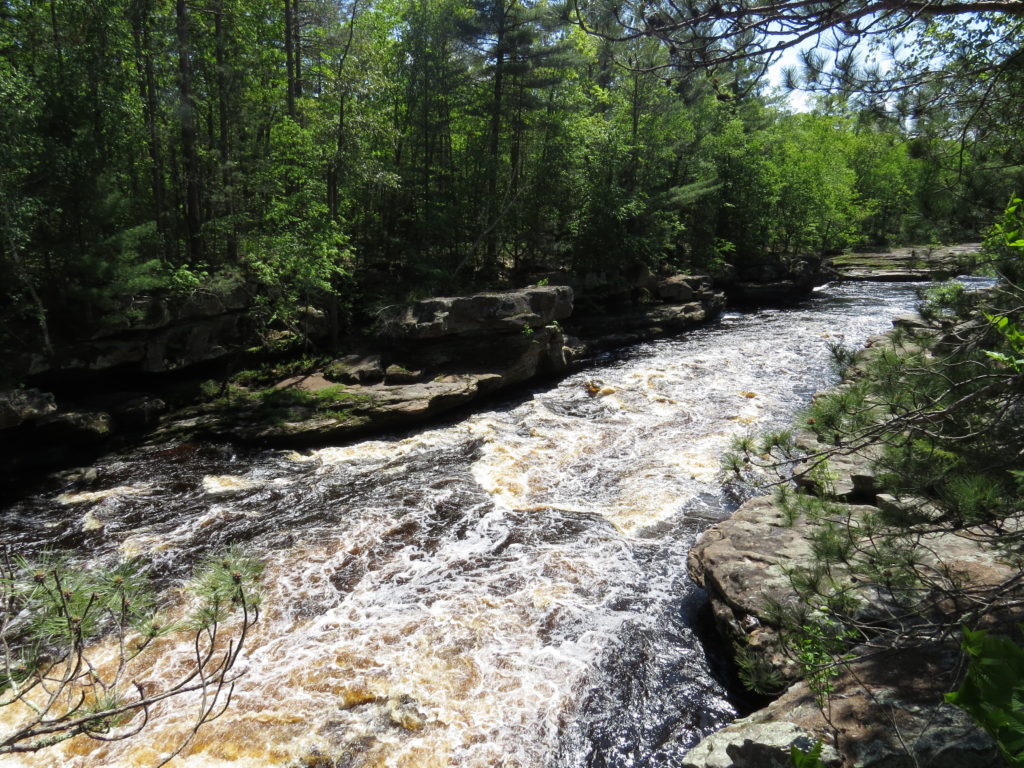
What used to be—the quarry and railroad—is being taken over by Nature. Ferns, trees, grasses, and wildflowers have incorporated into the sandstone boulders and cliffs once again.
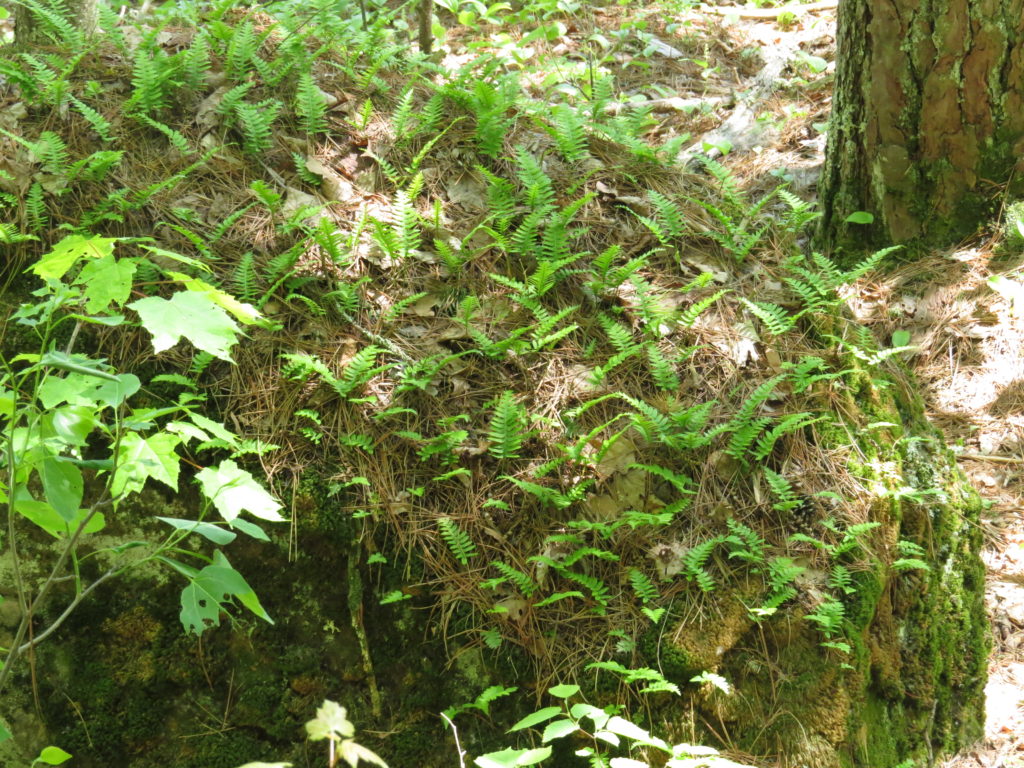
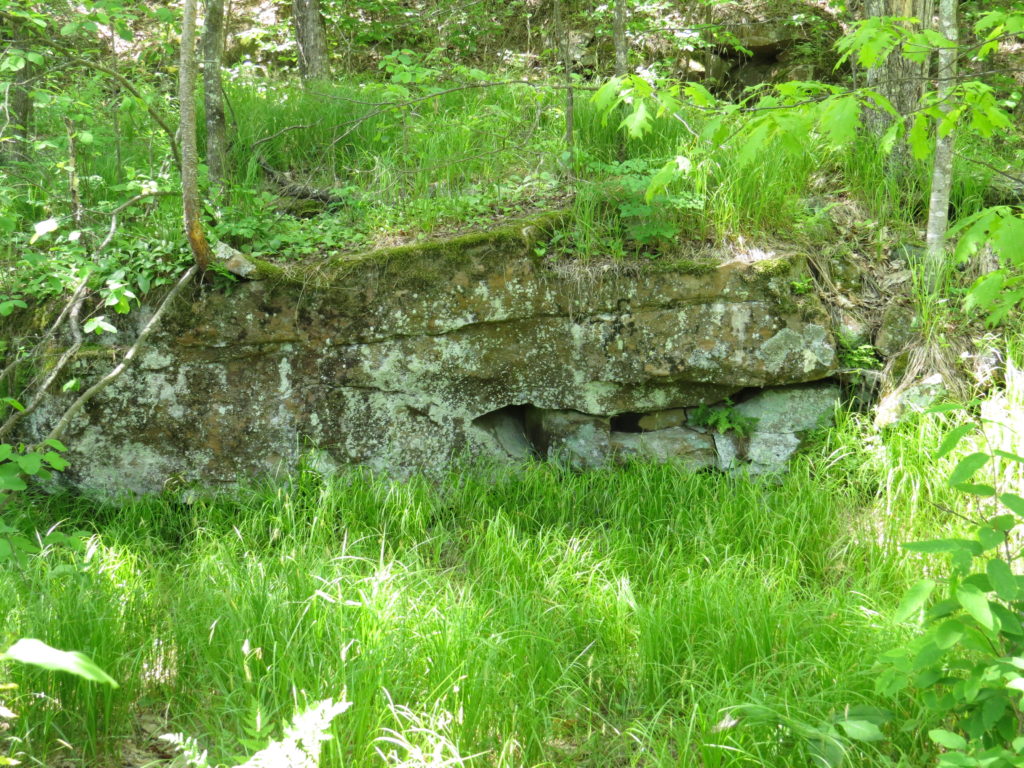
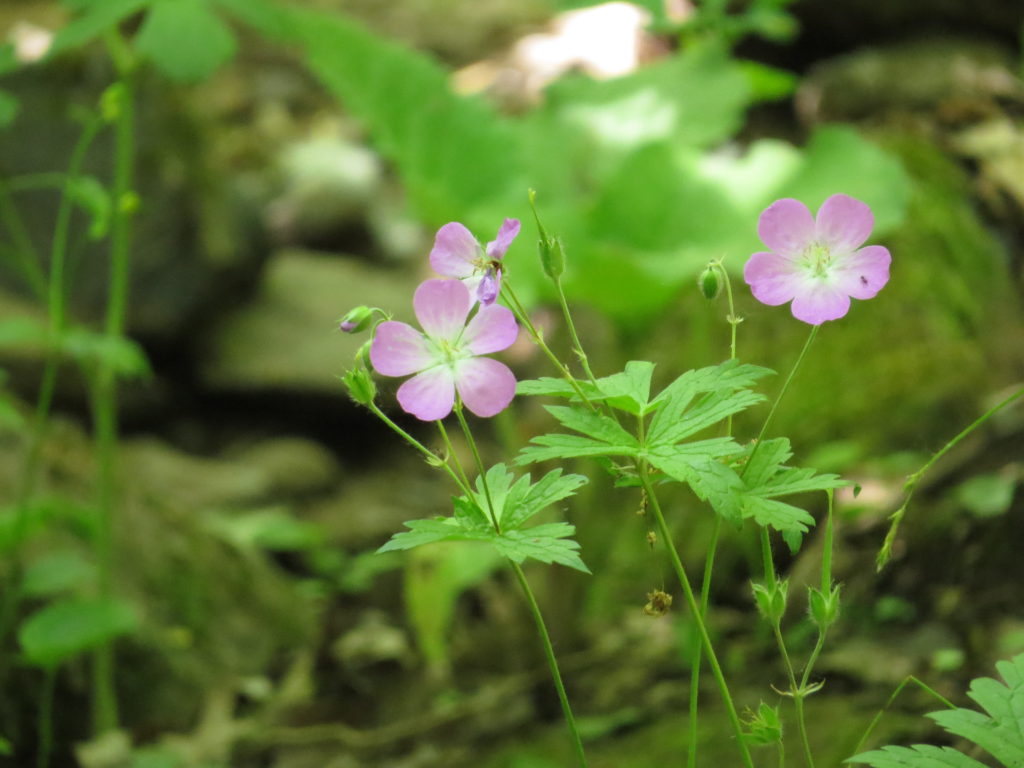
But there are ruins and remains of the Quarry still evident and still standing—the Rock Crusher and the Power House which contained a coal-fired steam generator and interestingly, an artesian well where ‘Sandstone’ water was bottled and sold as a side business to the quarry. What used to be.
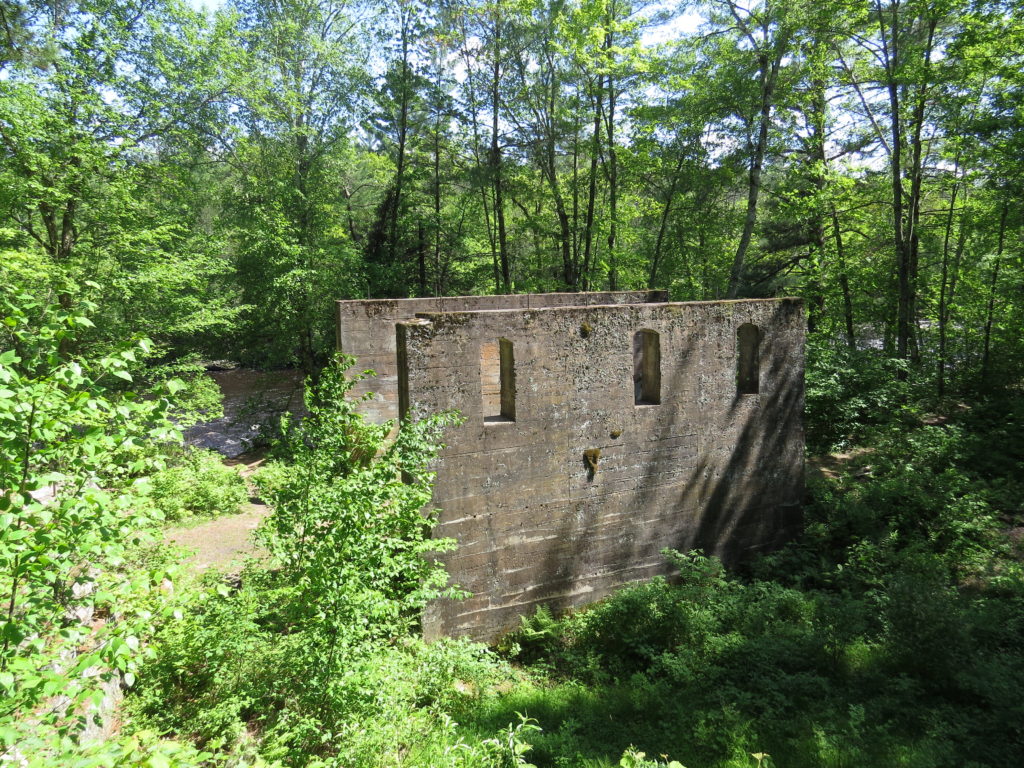
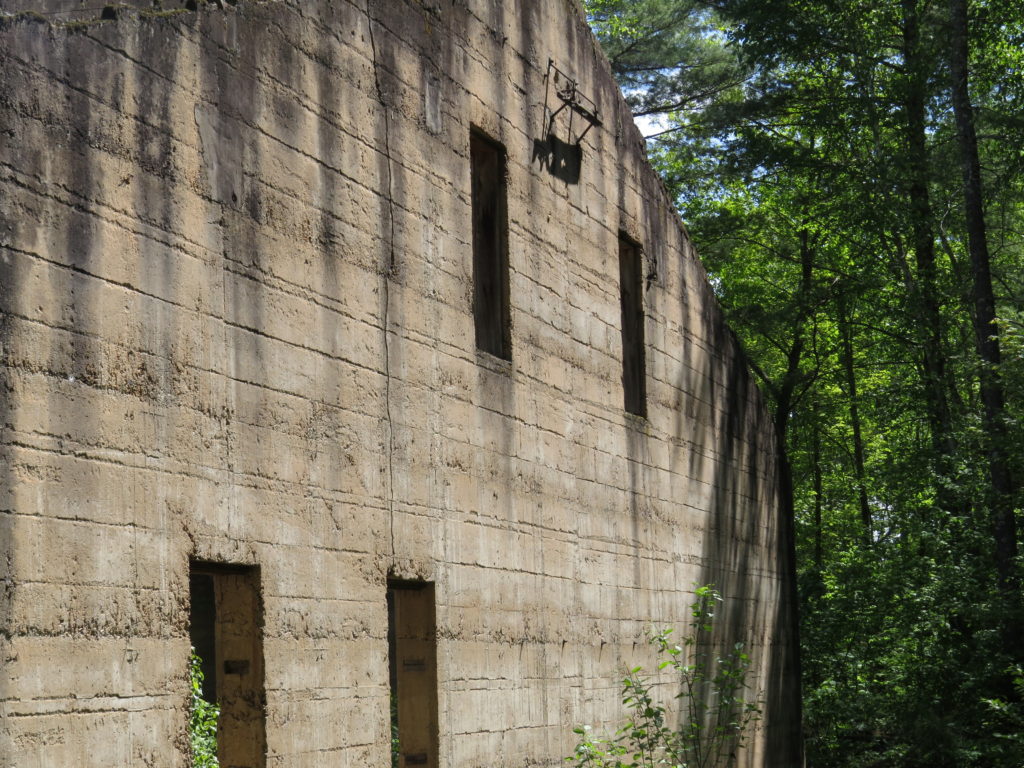
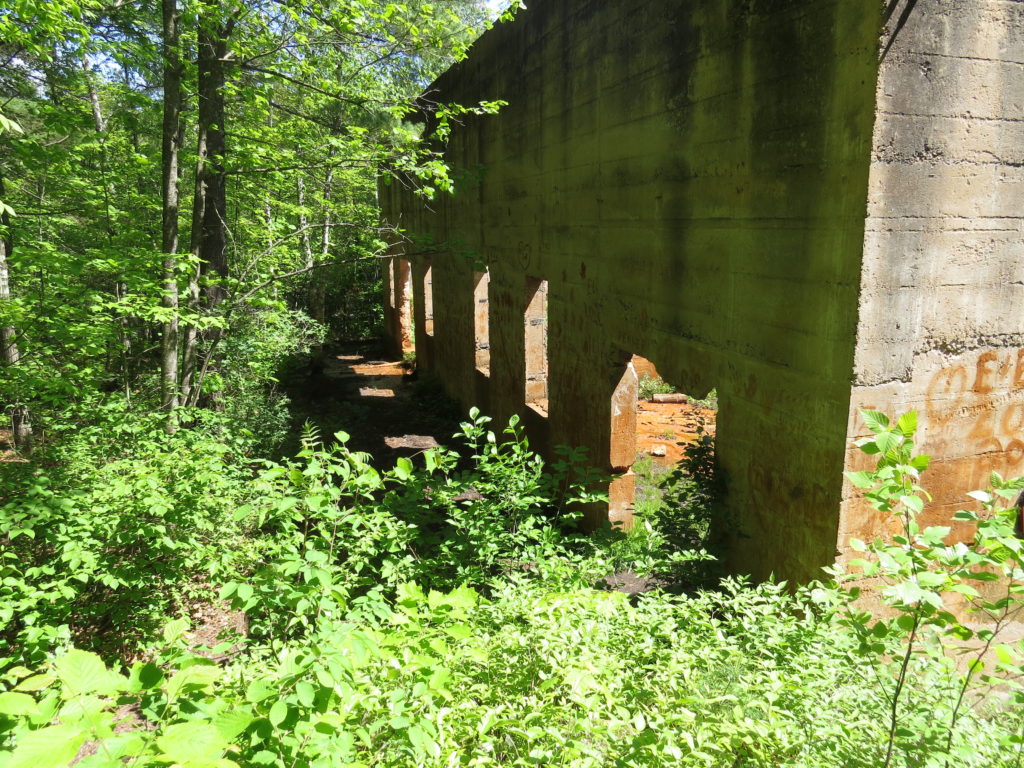
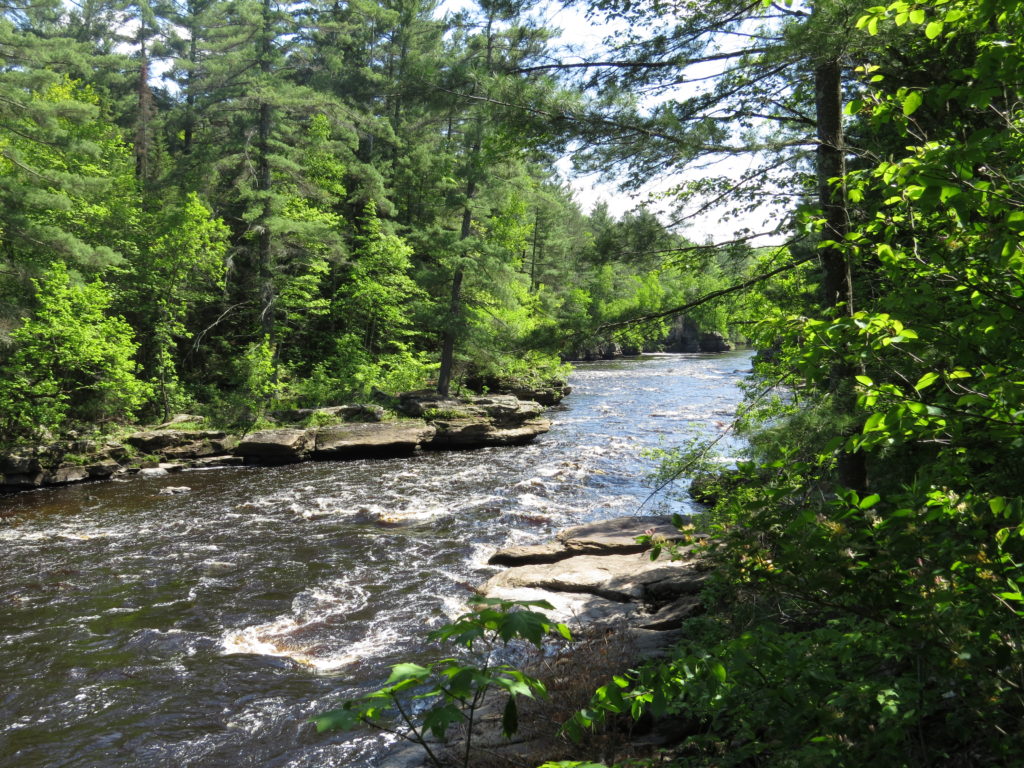
Above the Hell’s Gate rapids on a level area once stood the town of Banning, established in 1896 and abandoned in 1912 when the quarrying boom was over. The town site is no longer visible—Mother Nature has covered up what used to be.
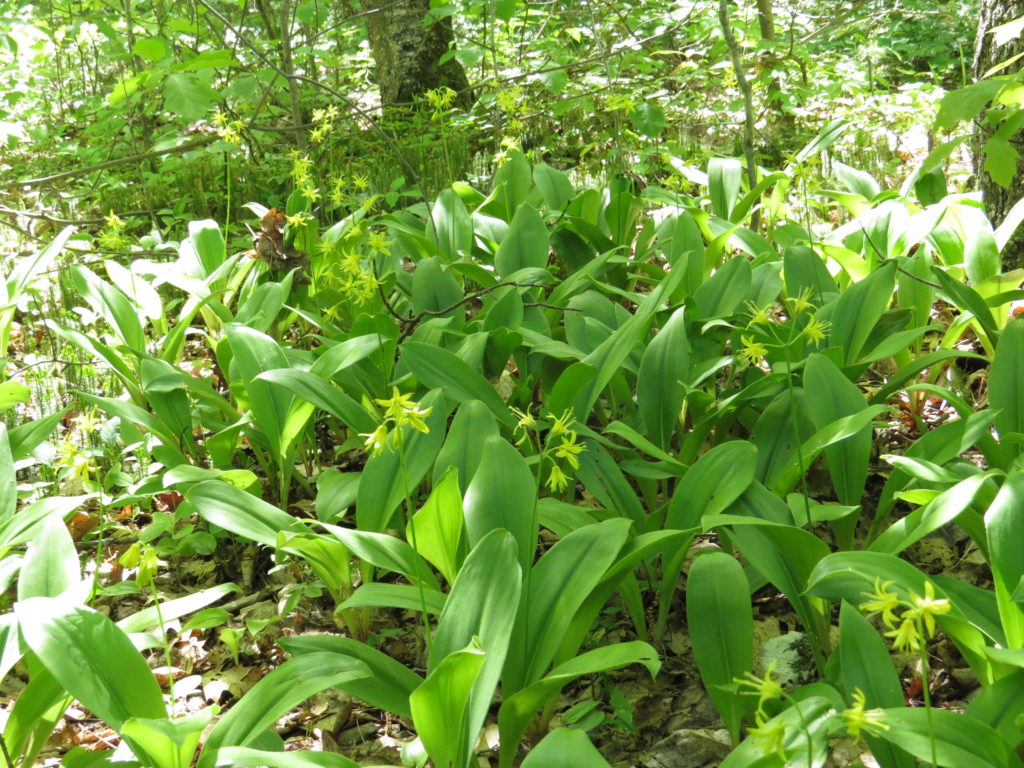
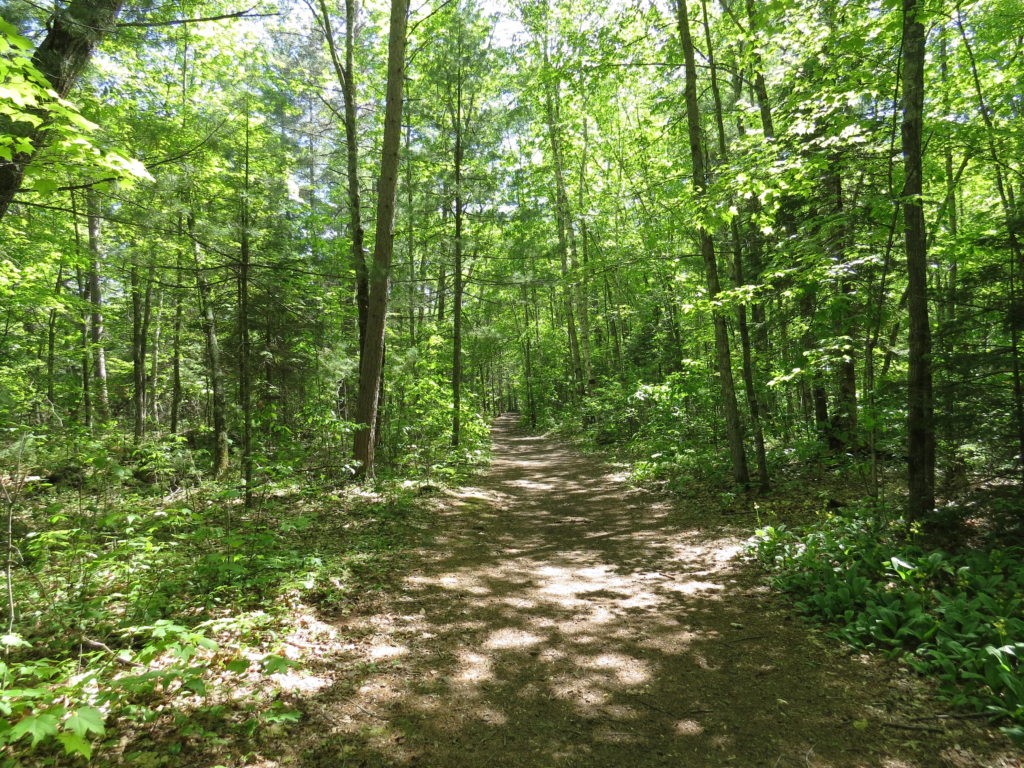
Precisely-spaced drill holes remain on this sandstone wall where black powder and slow-burning fuses would simultaneously blast a section of rock off the cliff.
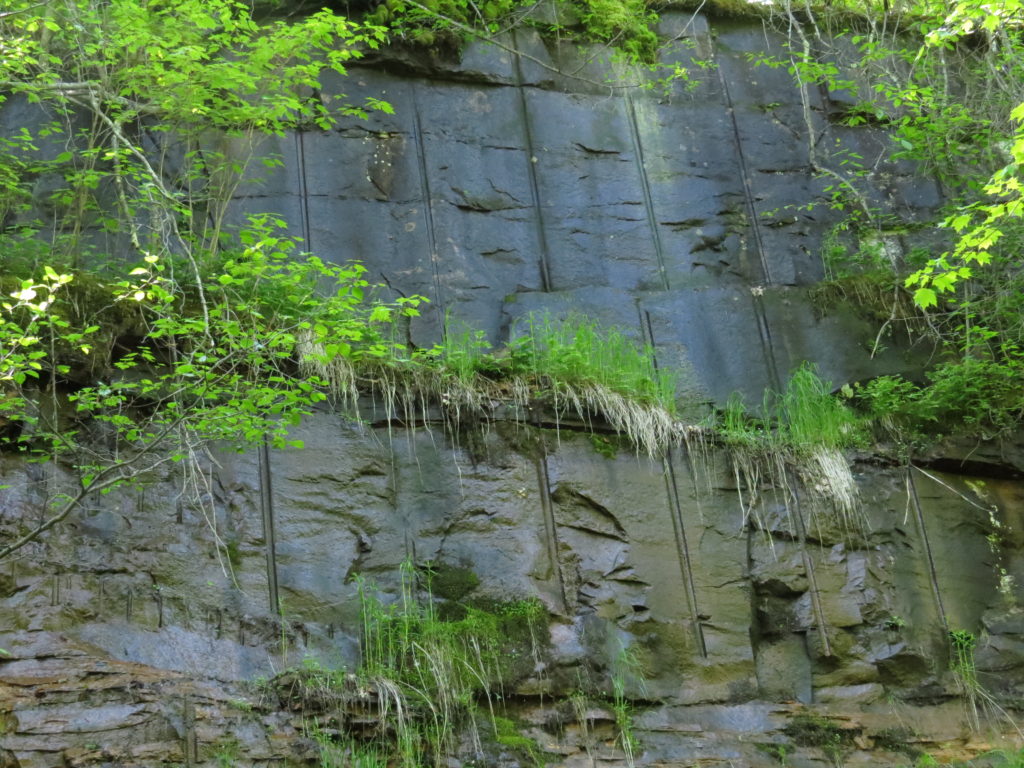
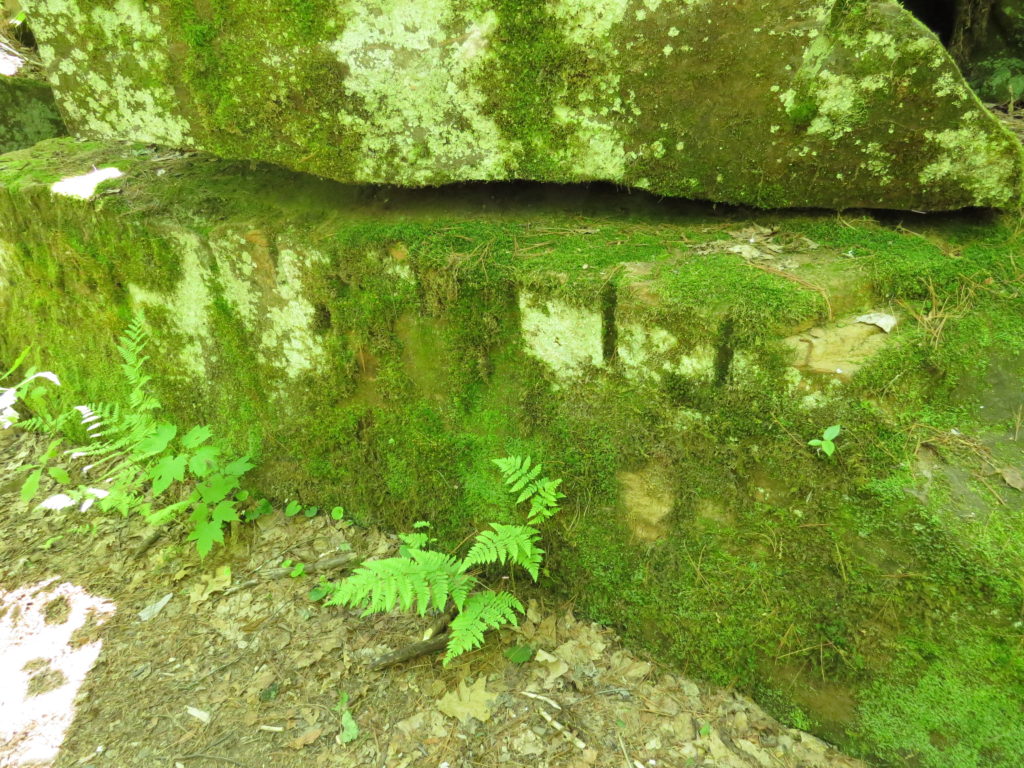
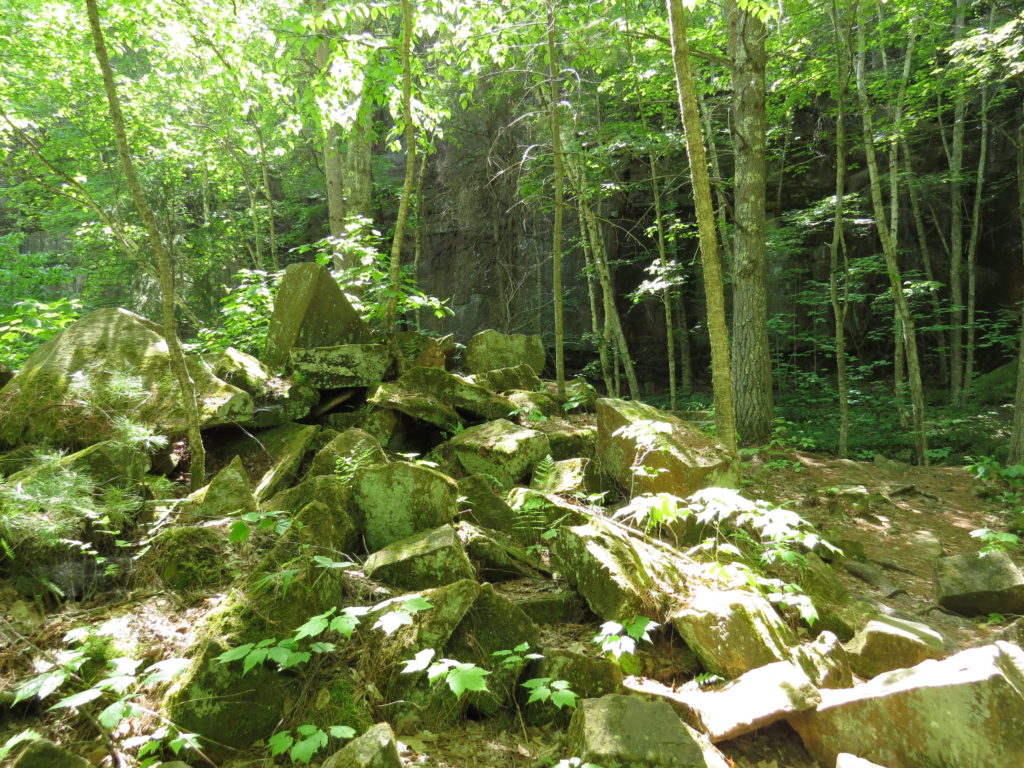
This section of smooth rock wall was not quarried—it is called a ‘horst’ where a section of the earth’s crust is lifted along a fault line.
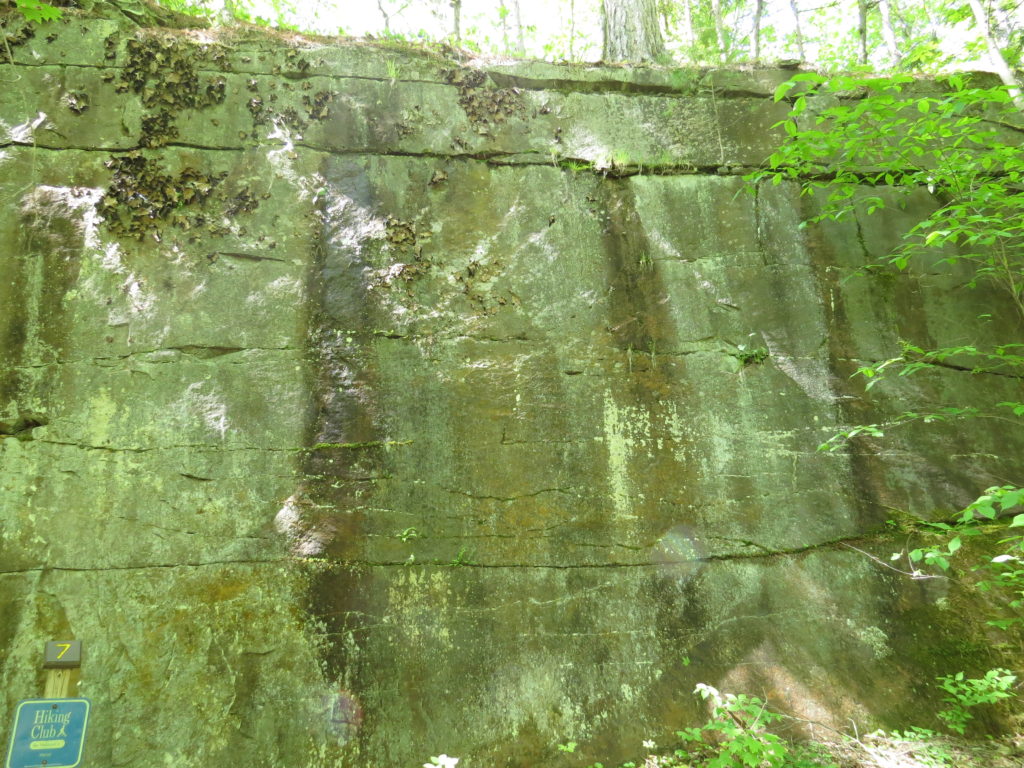
Strange Liverworts, like plastered fallen leaves, grow on the horst, and water drips from the cracks to nourish the plant life that found their unlikely place to grow.
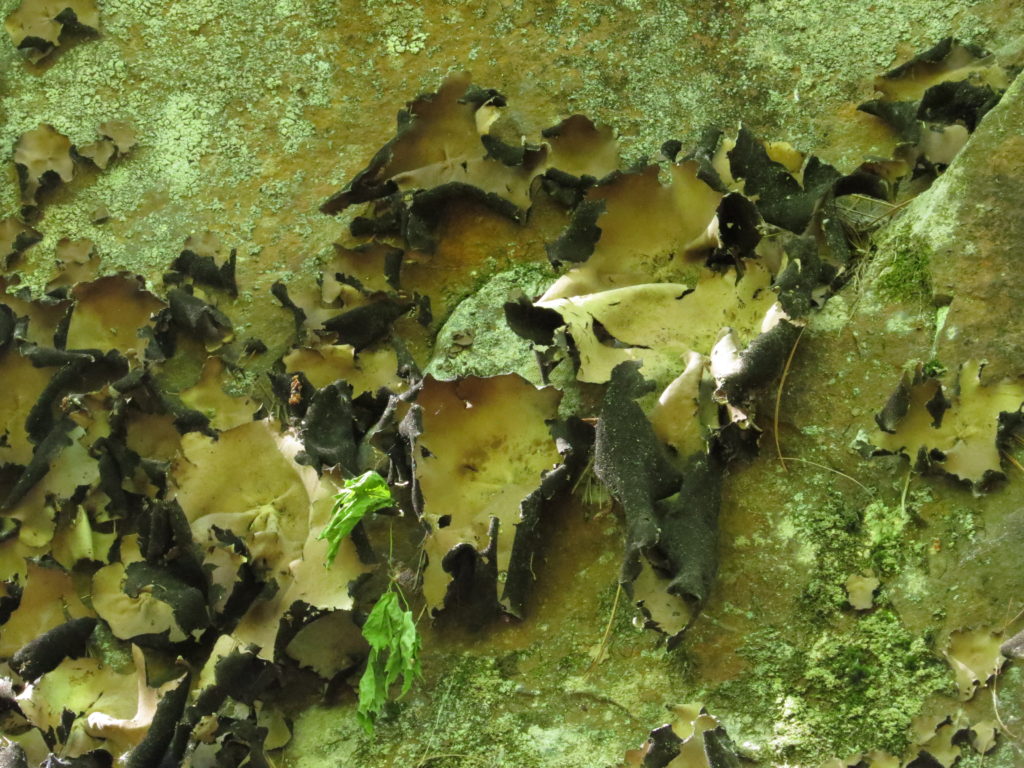
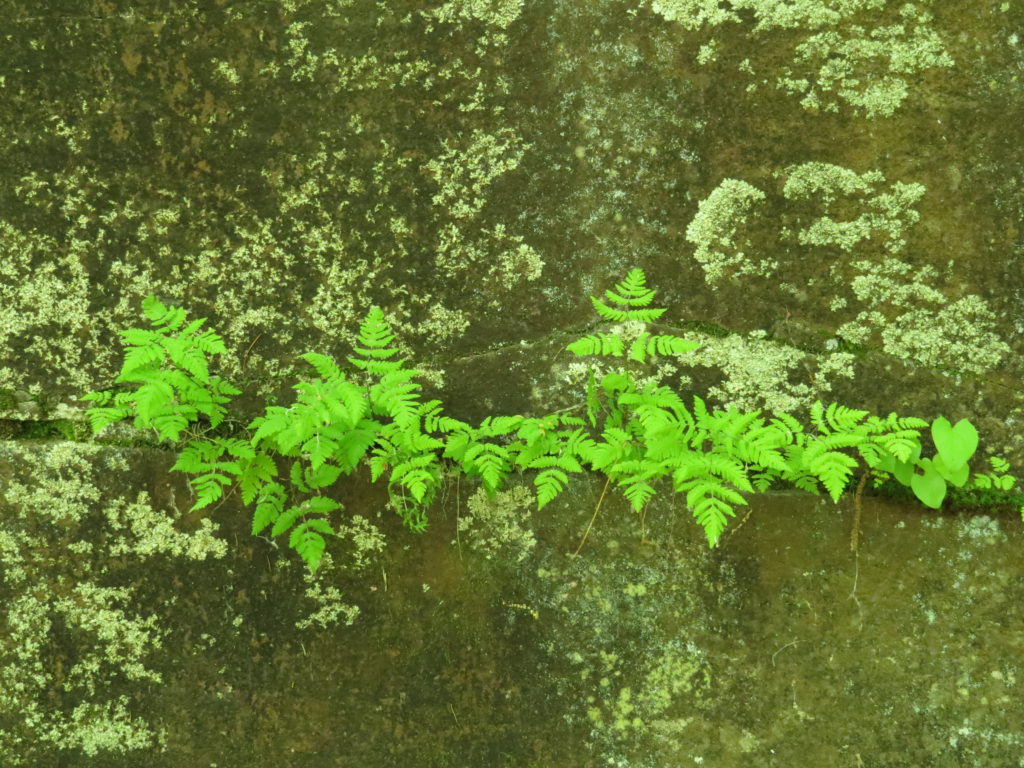
While reading about the history of the Park, I was amazed that railroads, a town, hundreds of quarrymen, and numerous businesses had occupied the trails we were hiking and the forest that had re-grown. There is value in what used to be—many buildings still stand with foundations and walls made from Hinkley Sandstone. There is also value in looking back at what used to be—how it was accomplished, what mistakes were made, what the unacceptable costs were—in order to move forward in a different and better way. Holding steady is a form of safety, as are ‘the law of the land,’ guardrails, rules and norms, order, and peace. They help us get our bearings and feel safe, so we can be in the here and now with those around us. Change and holding steady are not opposable values and actions. Holding steady—safety—is the foundation from which we can be compassionate, be curious, learn and do new things. Do you know what makes you feel steady, open, and peaceful? Do that. Are you aware of who or what brings unfounded fear and stress to your life? Purge them. Fear is being used as a tool to manipulate people for political and financial purposes—one of the oldest tricks in the book. Don’t fall for it. In the ruins and remains of what used to be—in our collective past or our individual past—there is space for peace and renewal and a place to grow.










